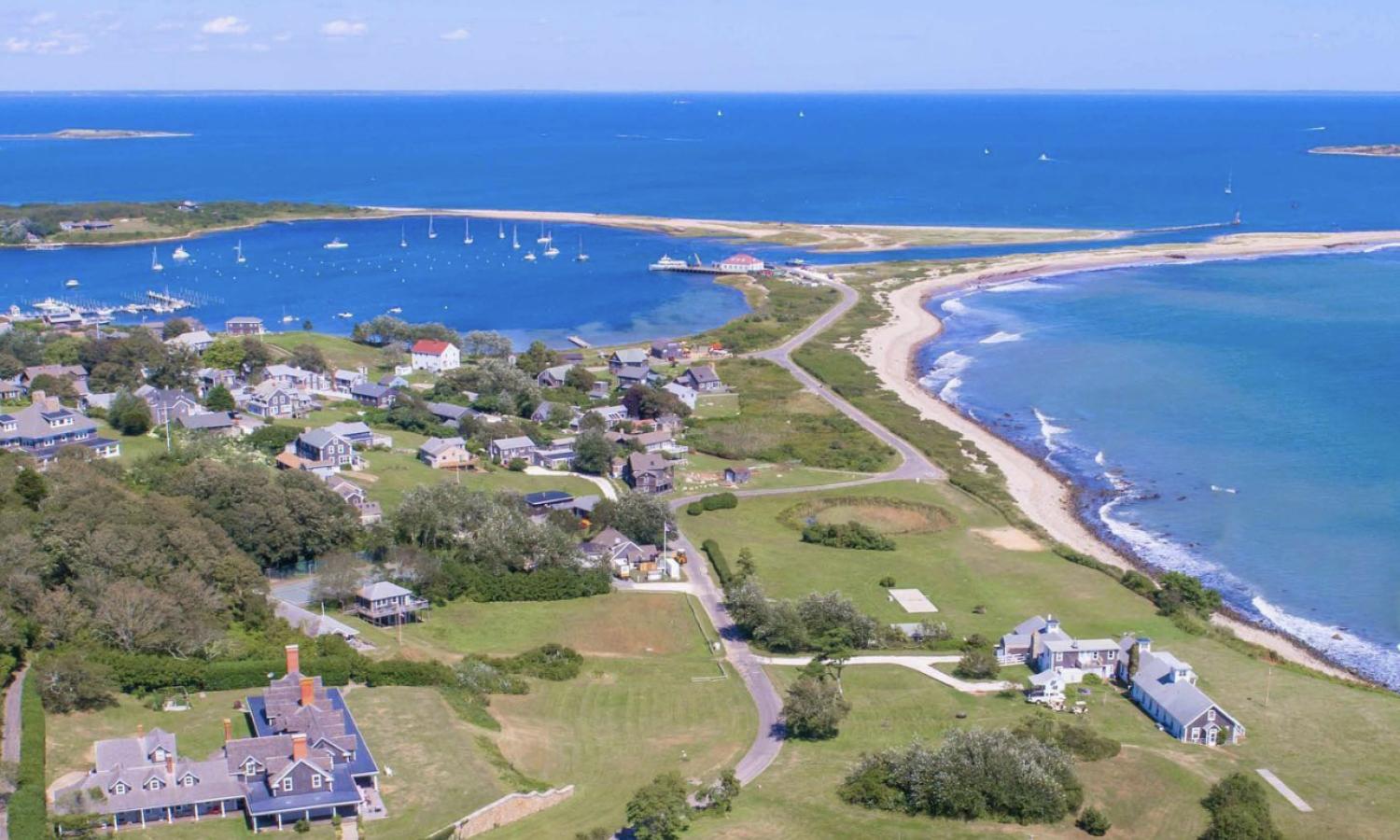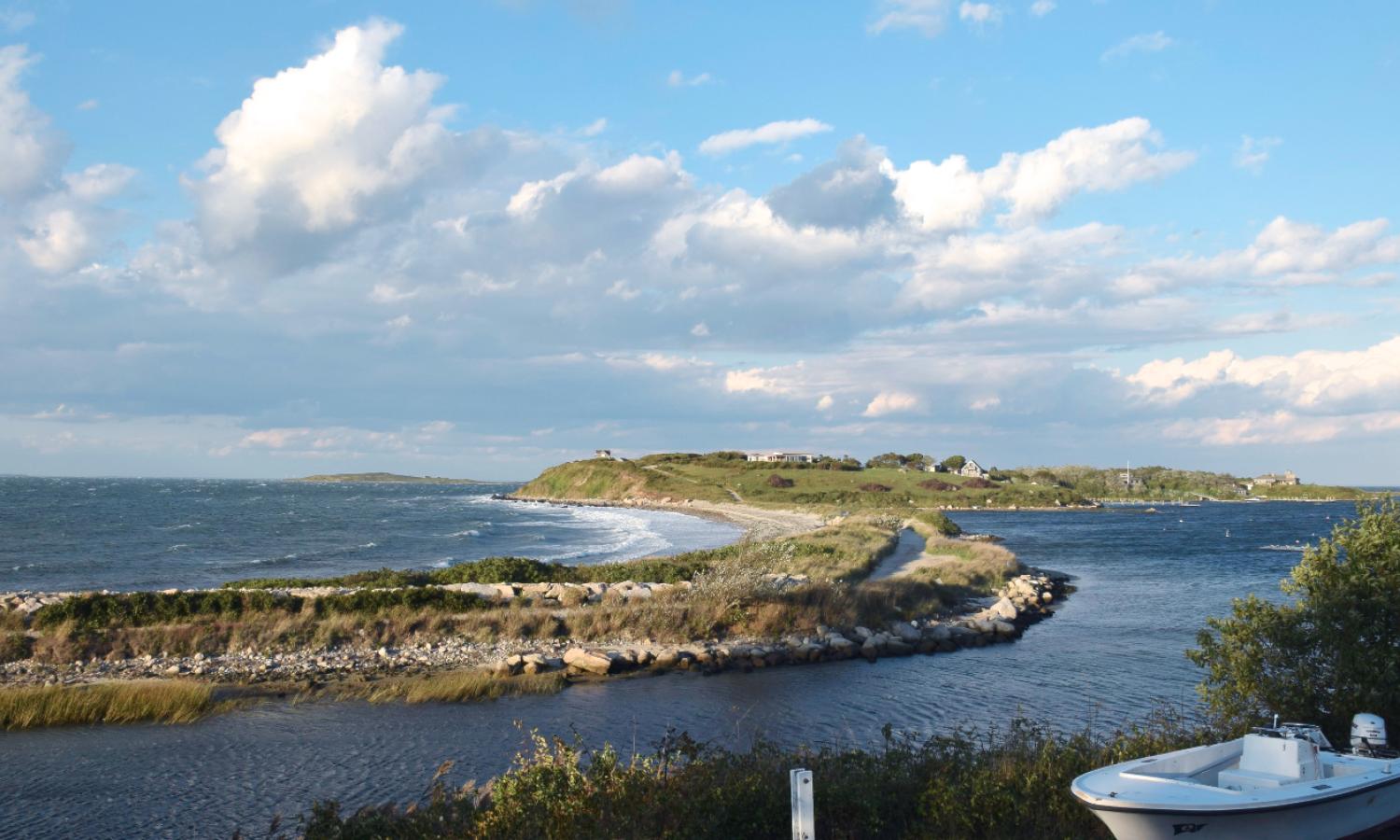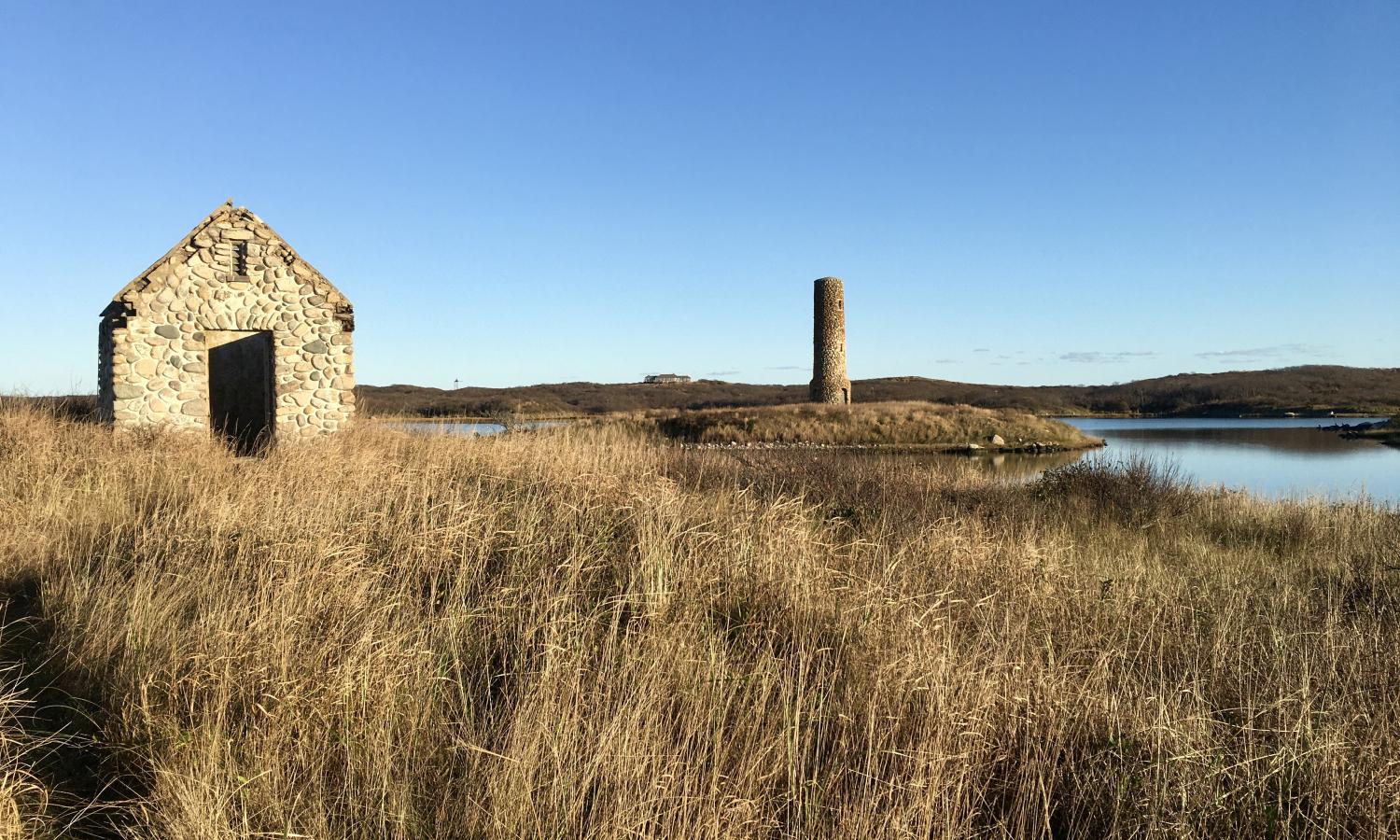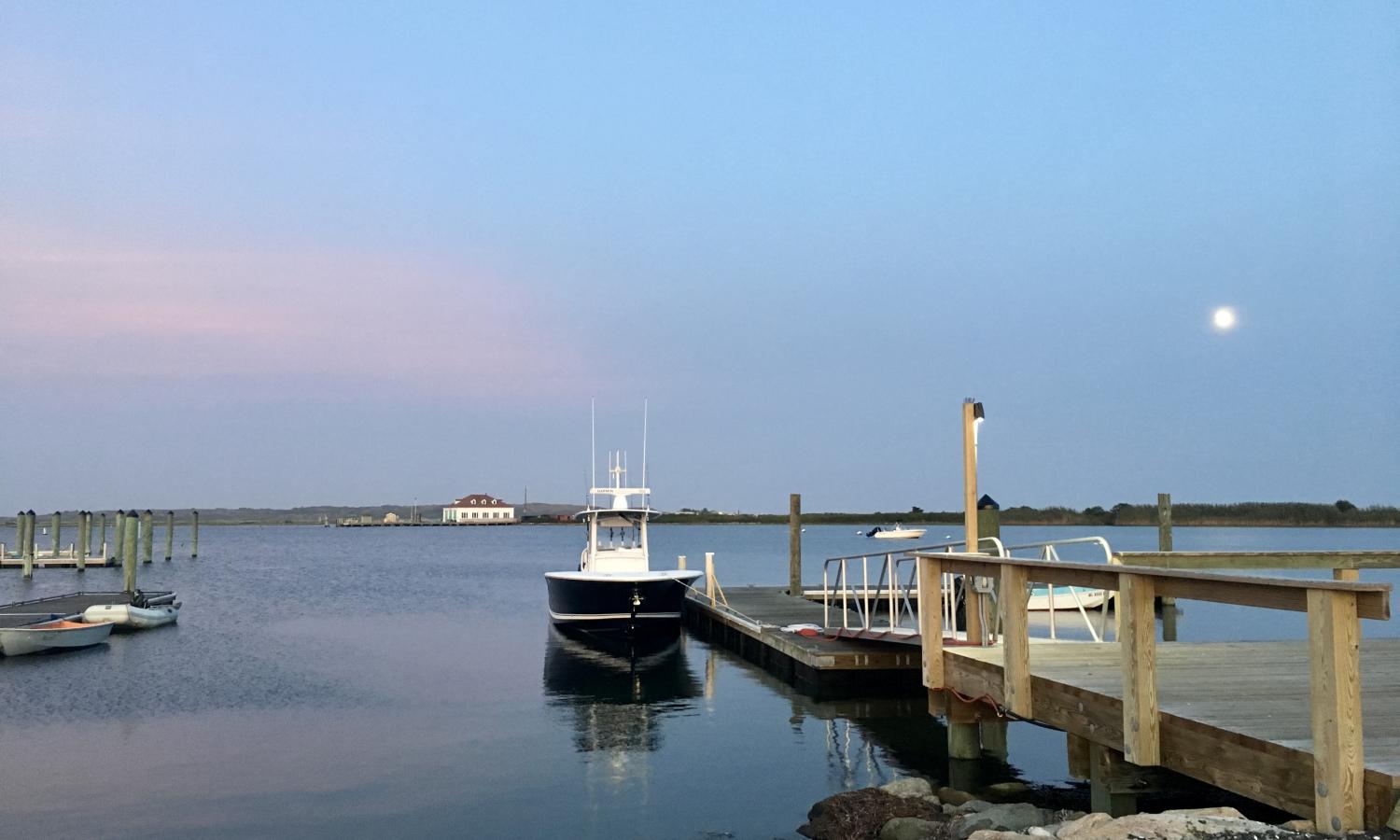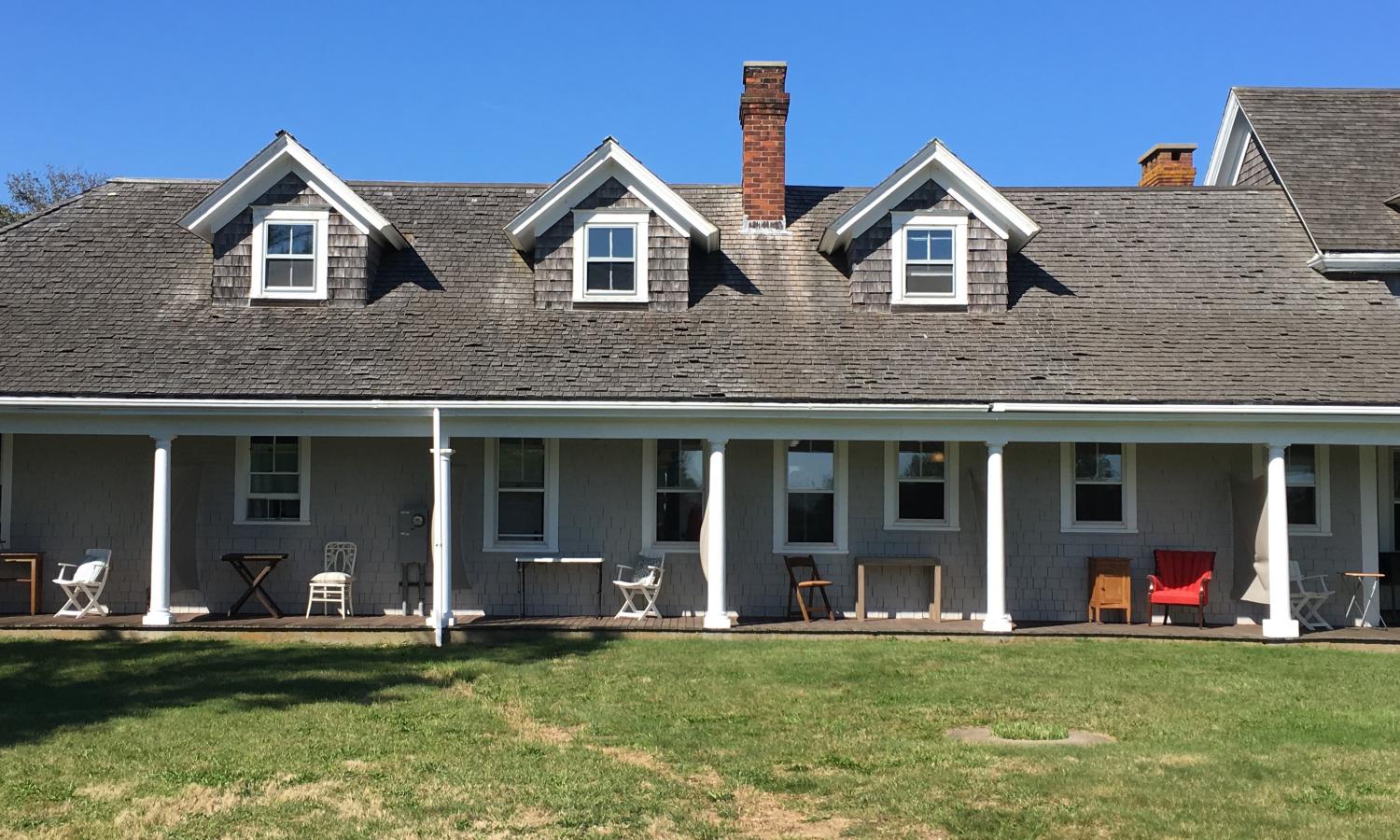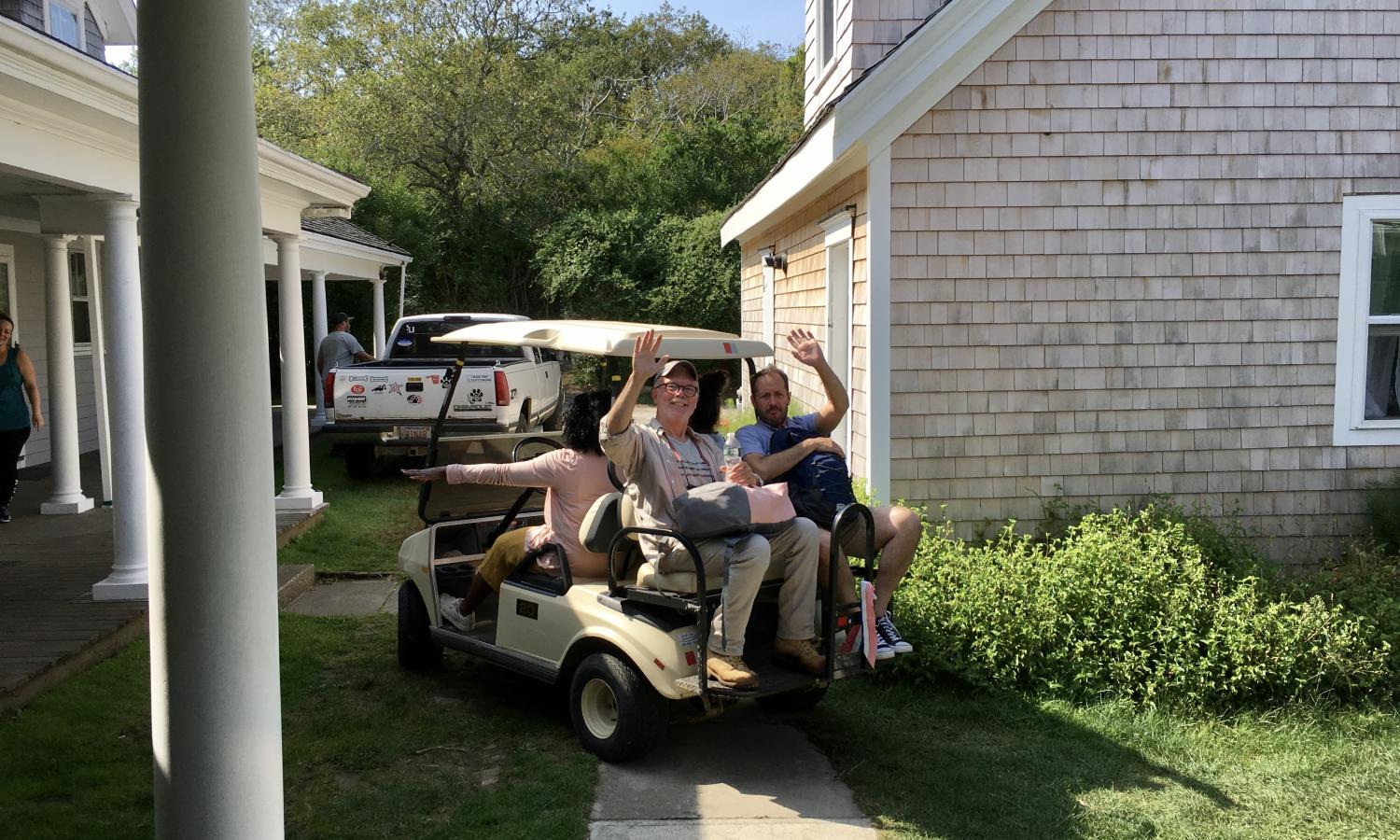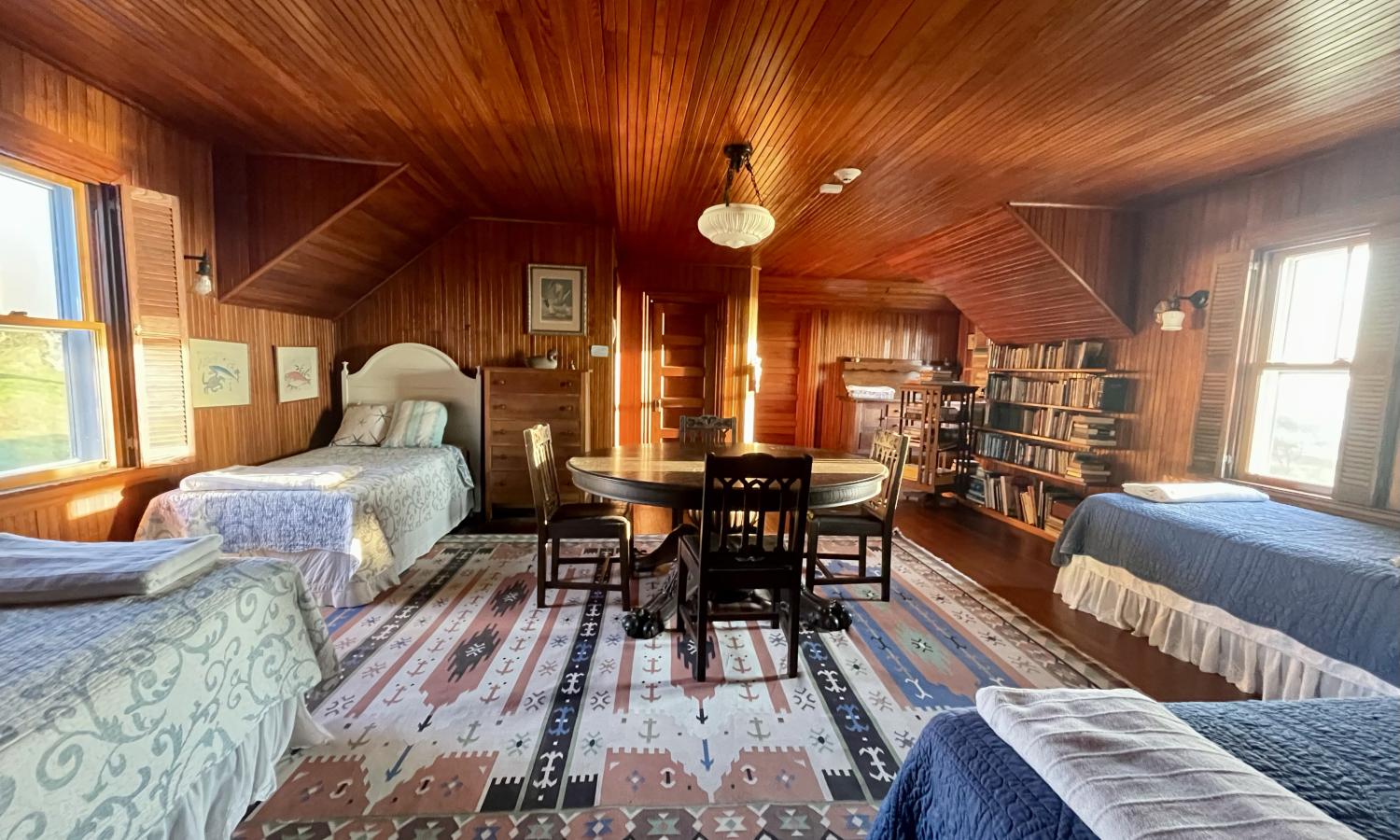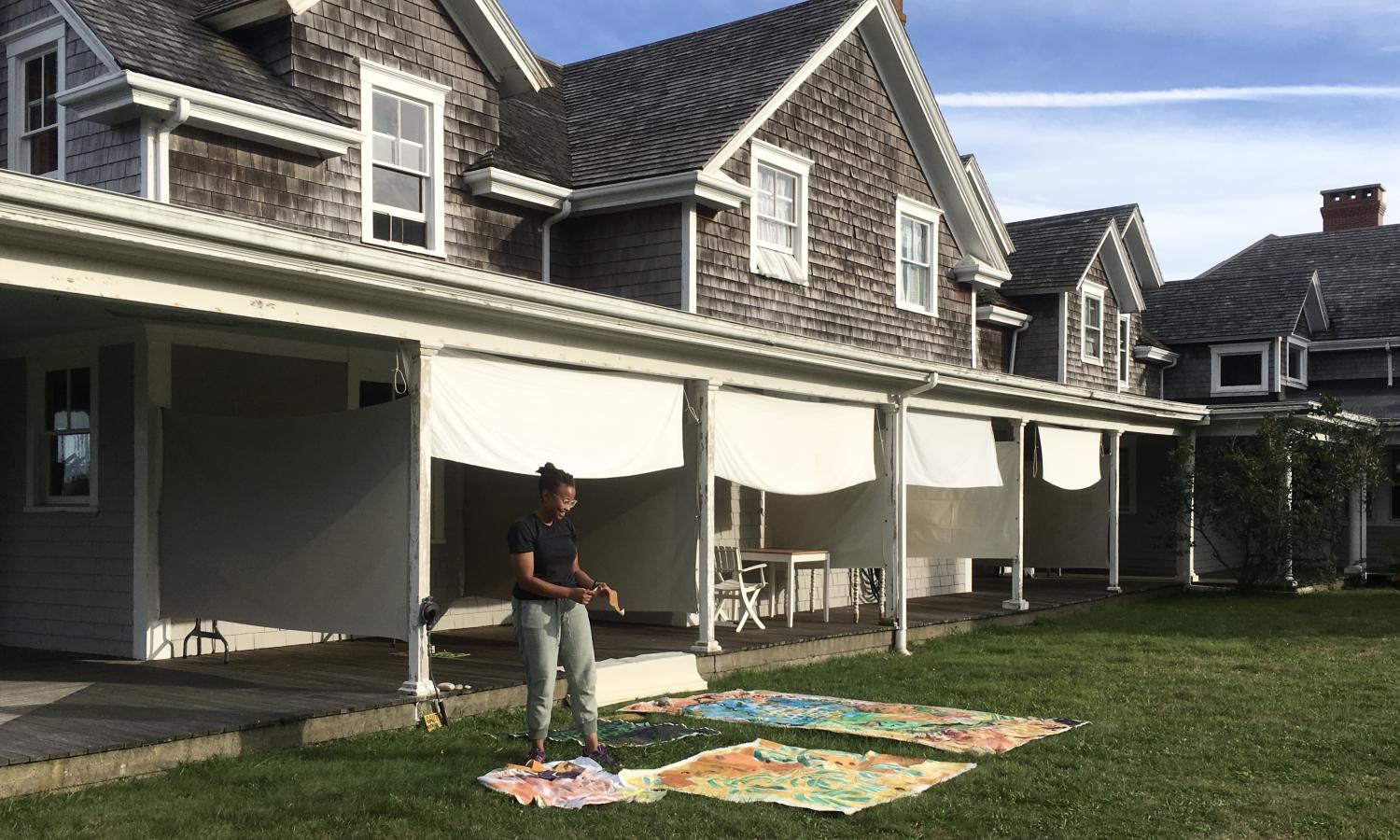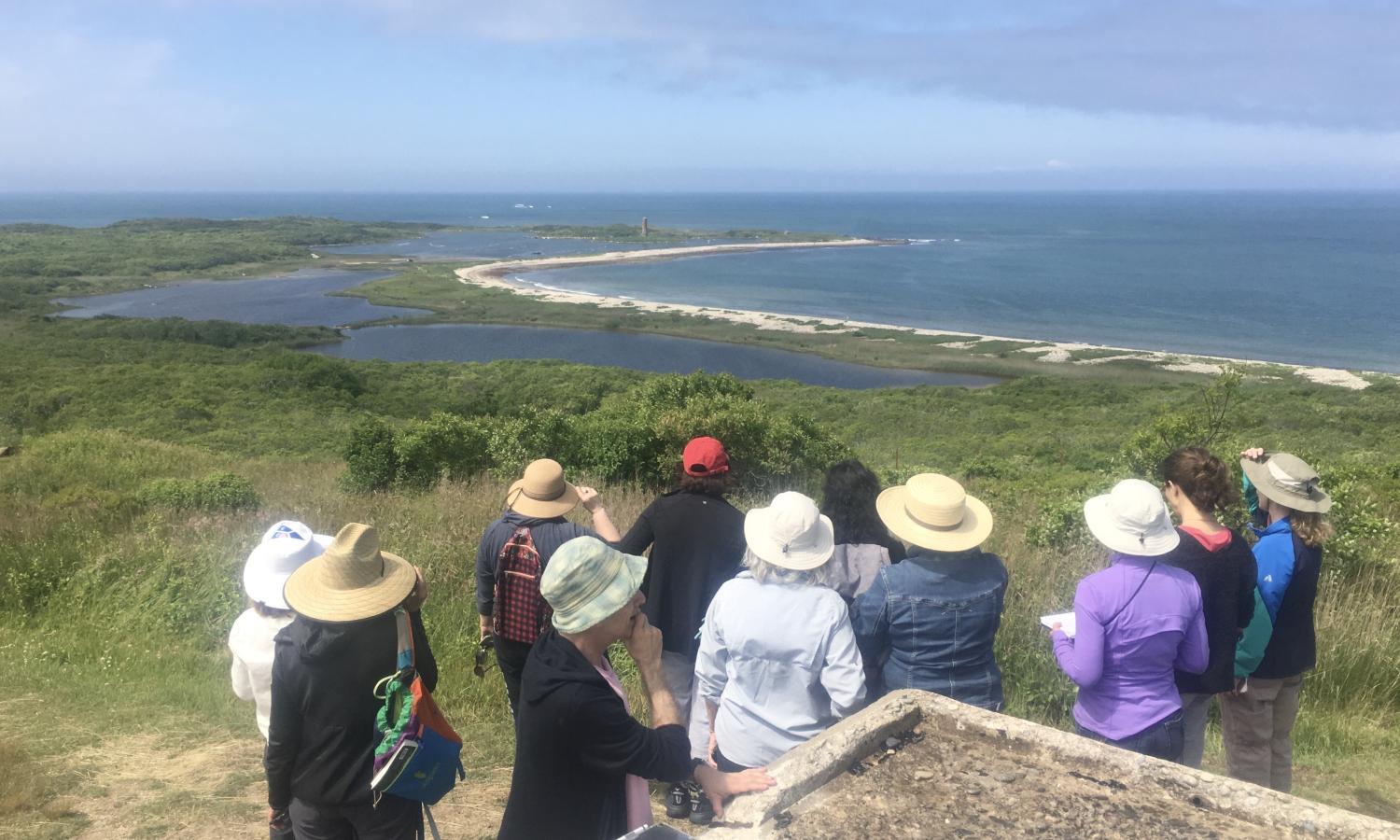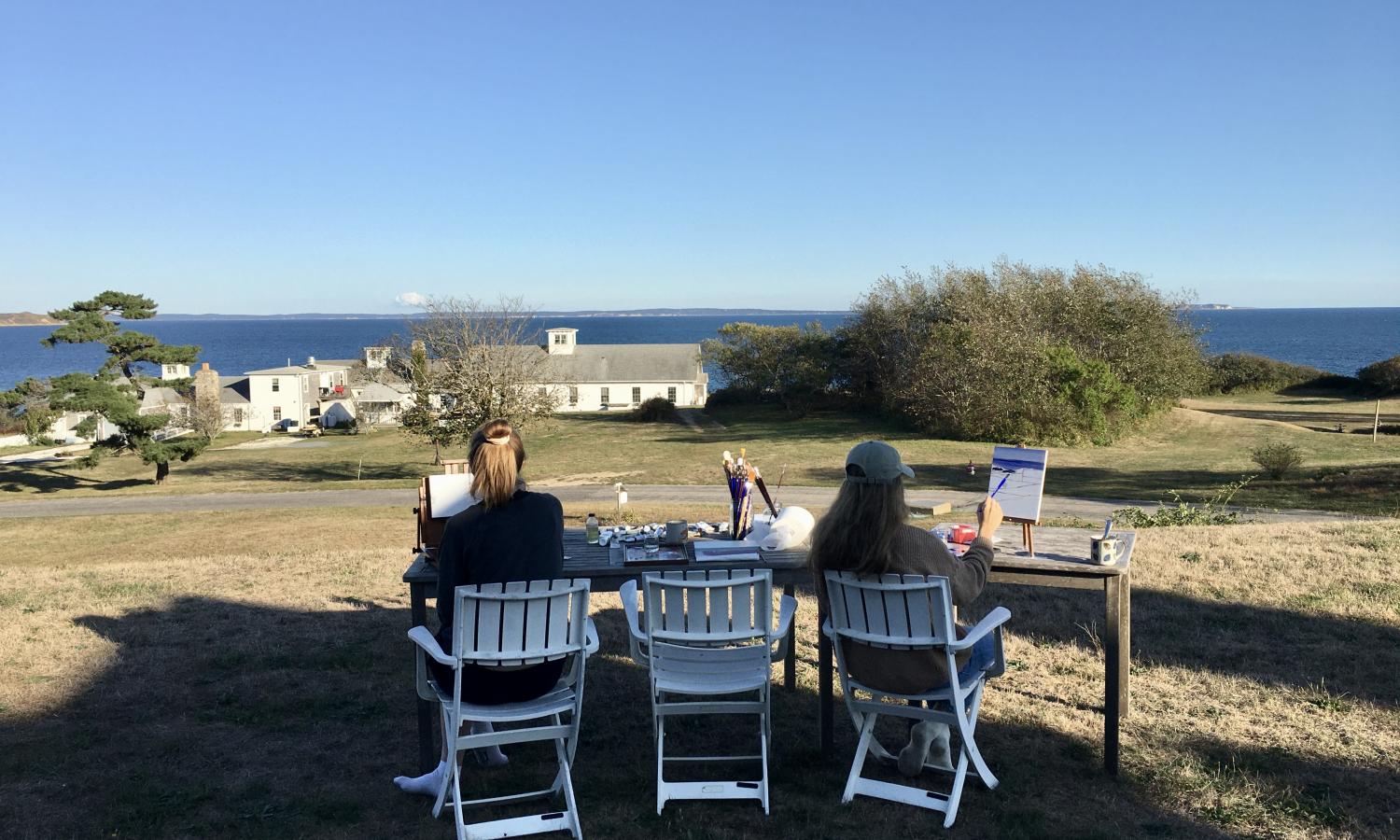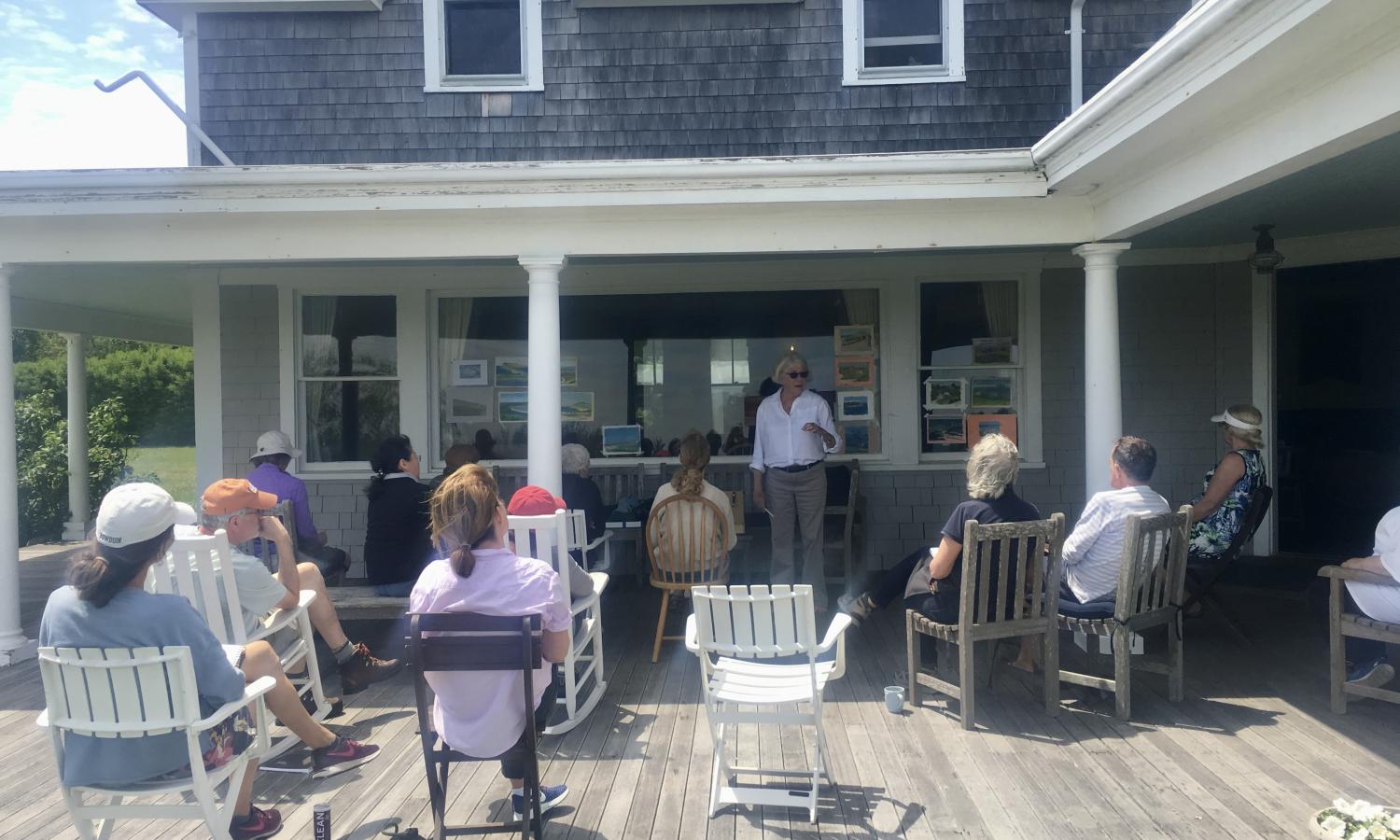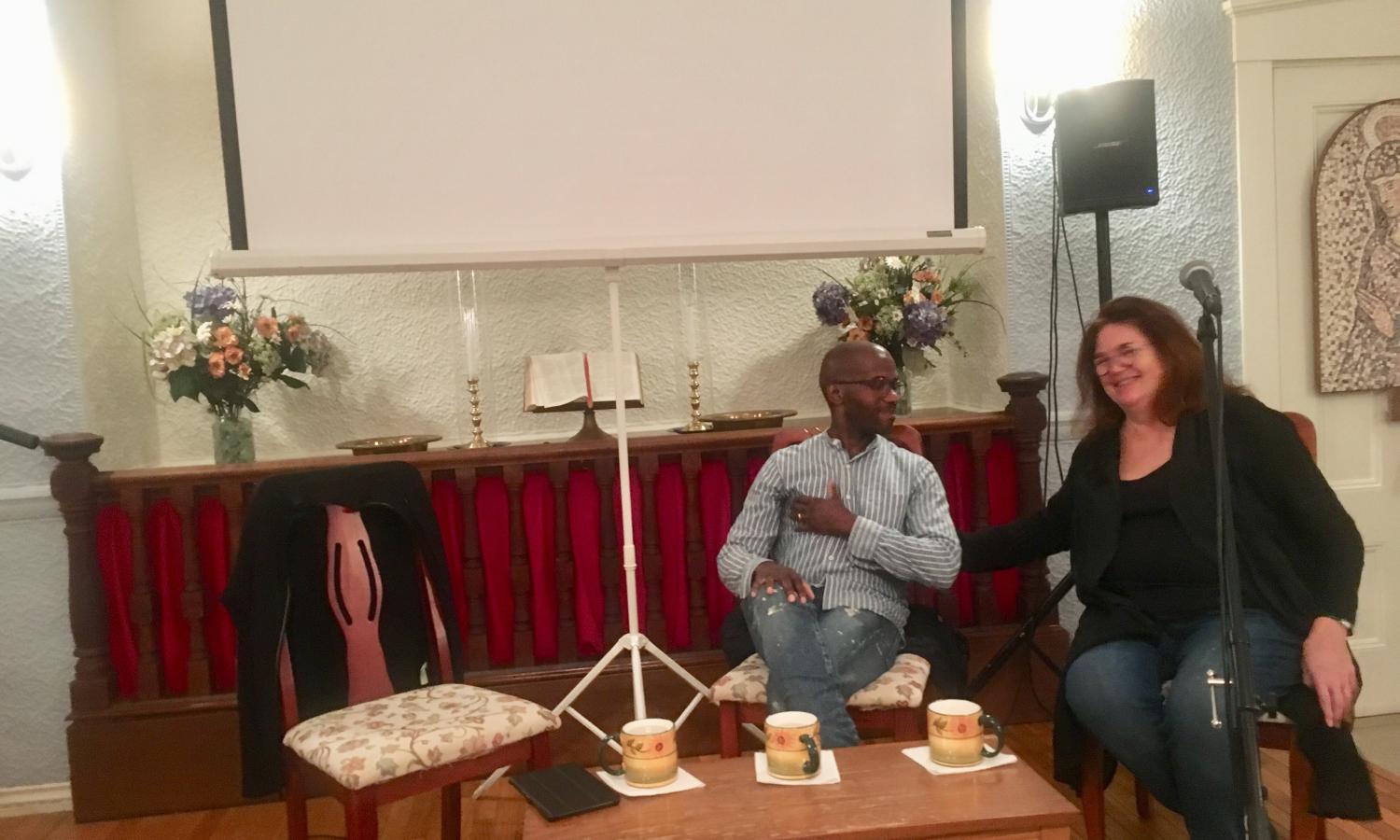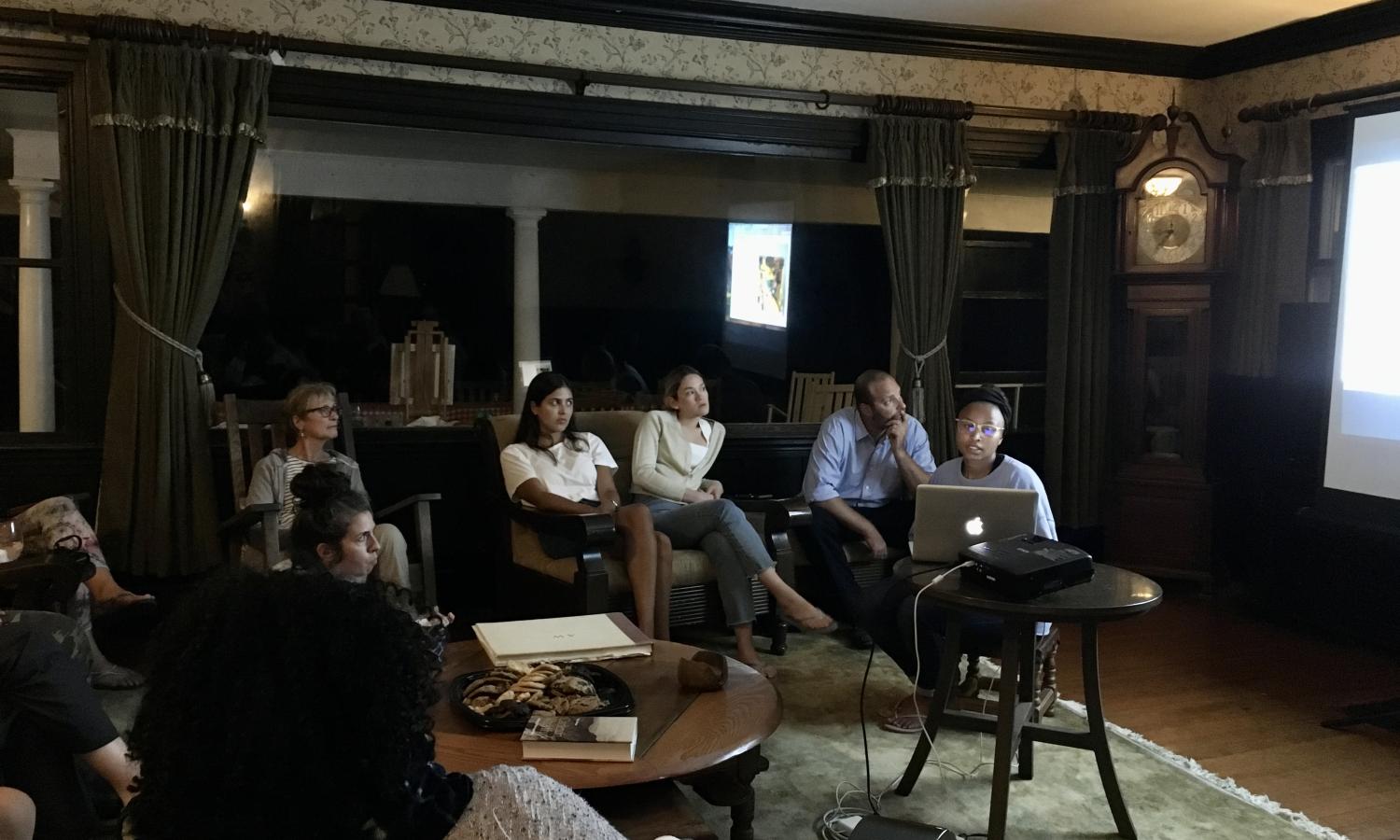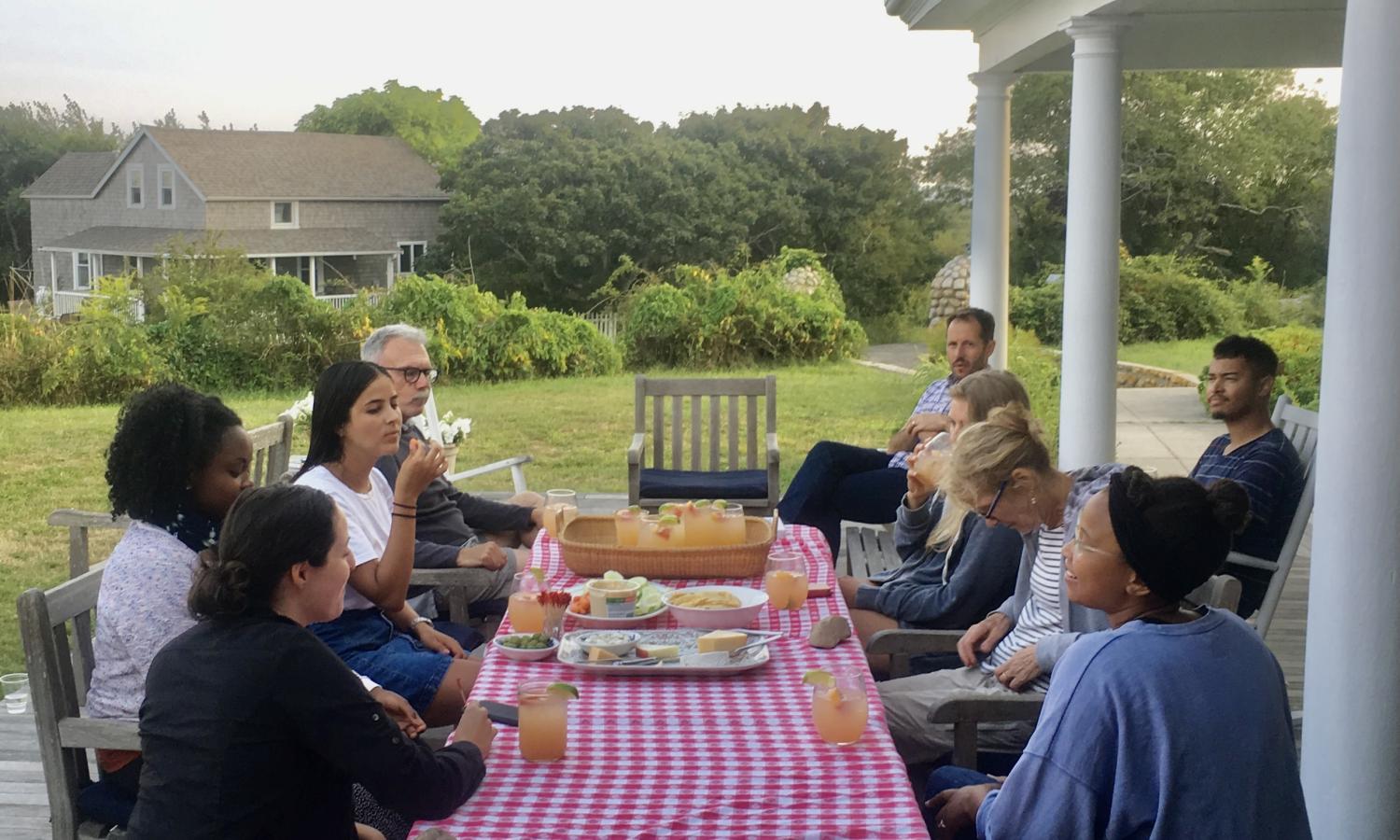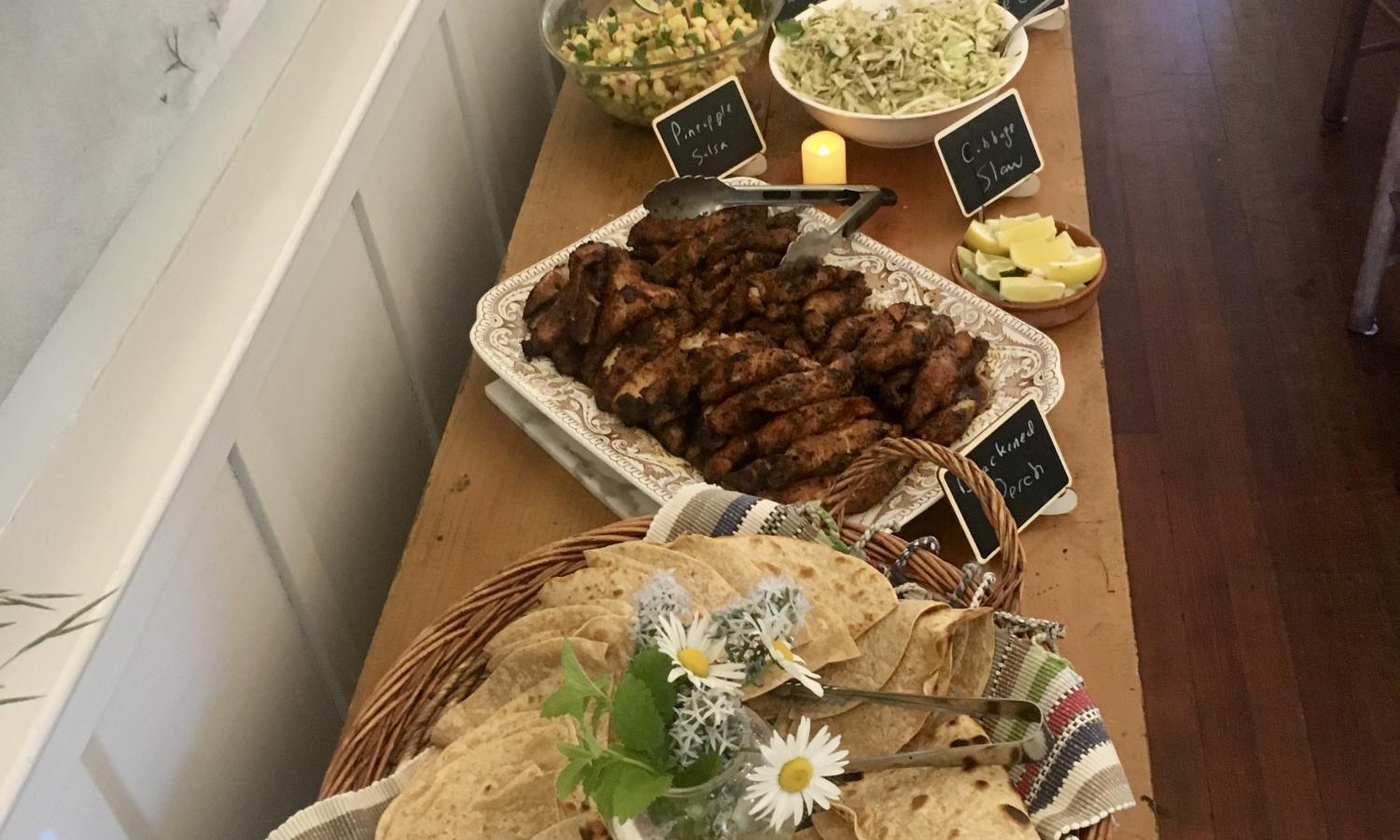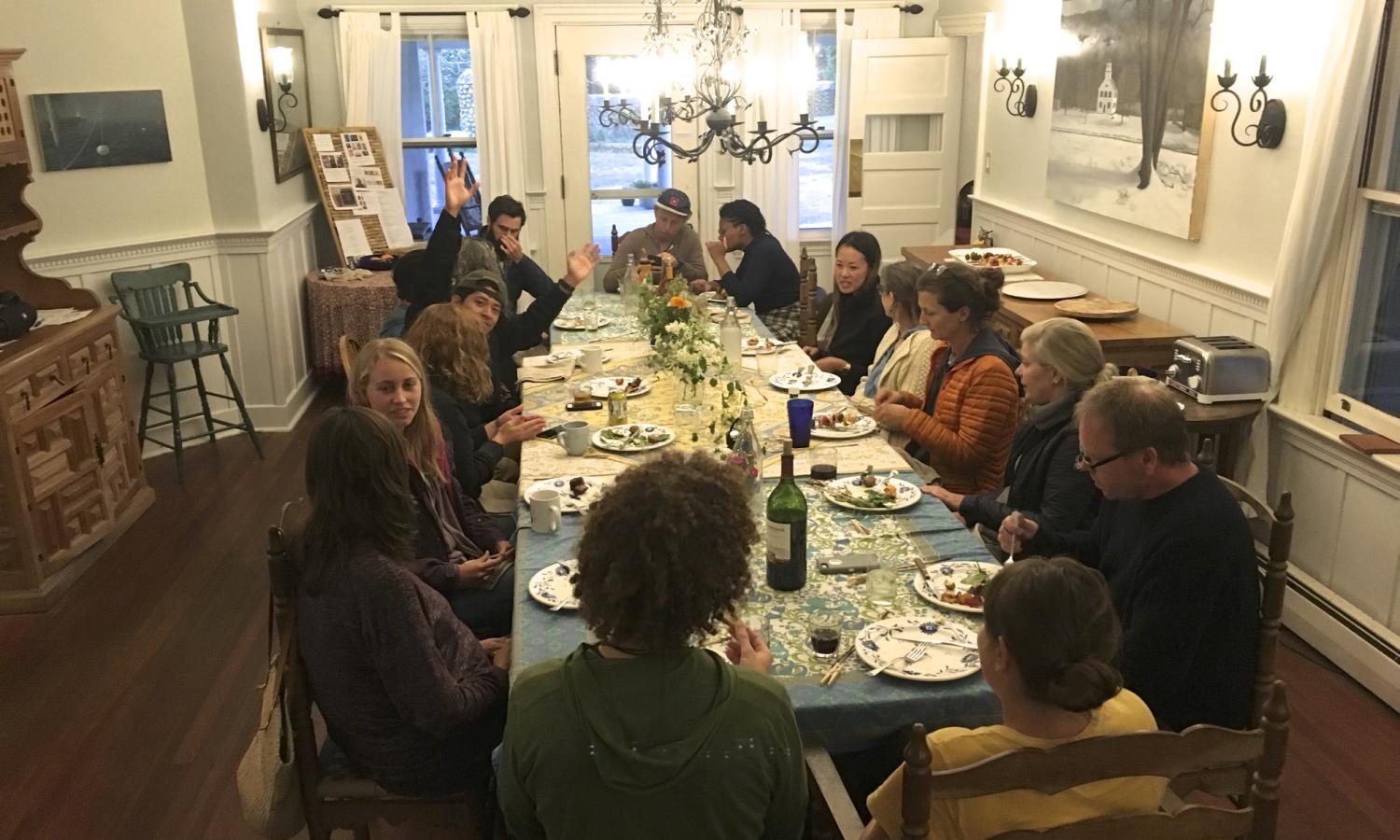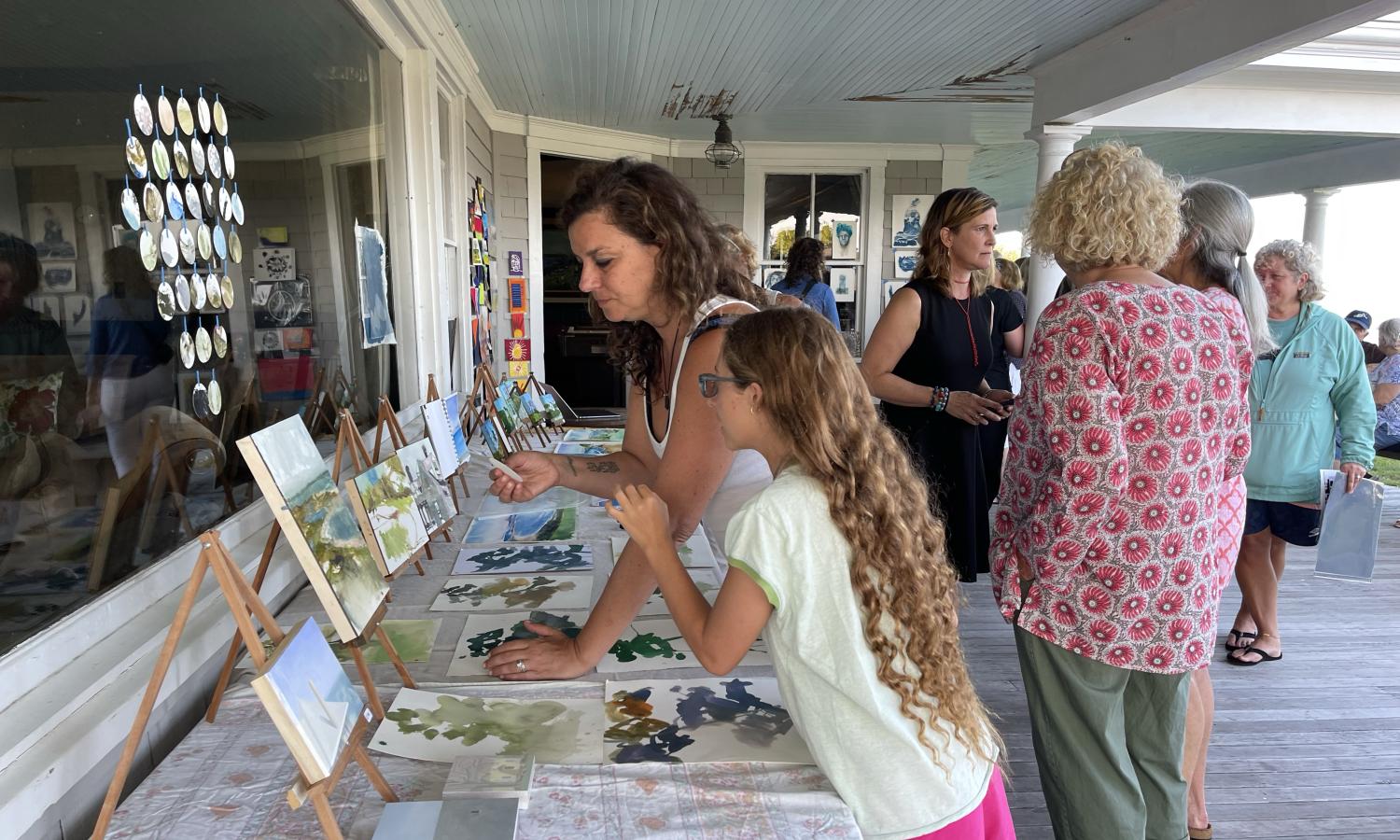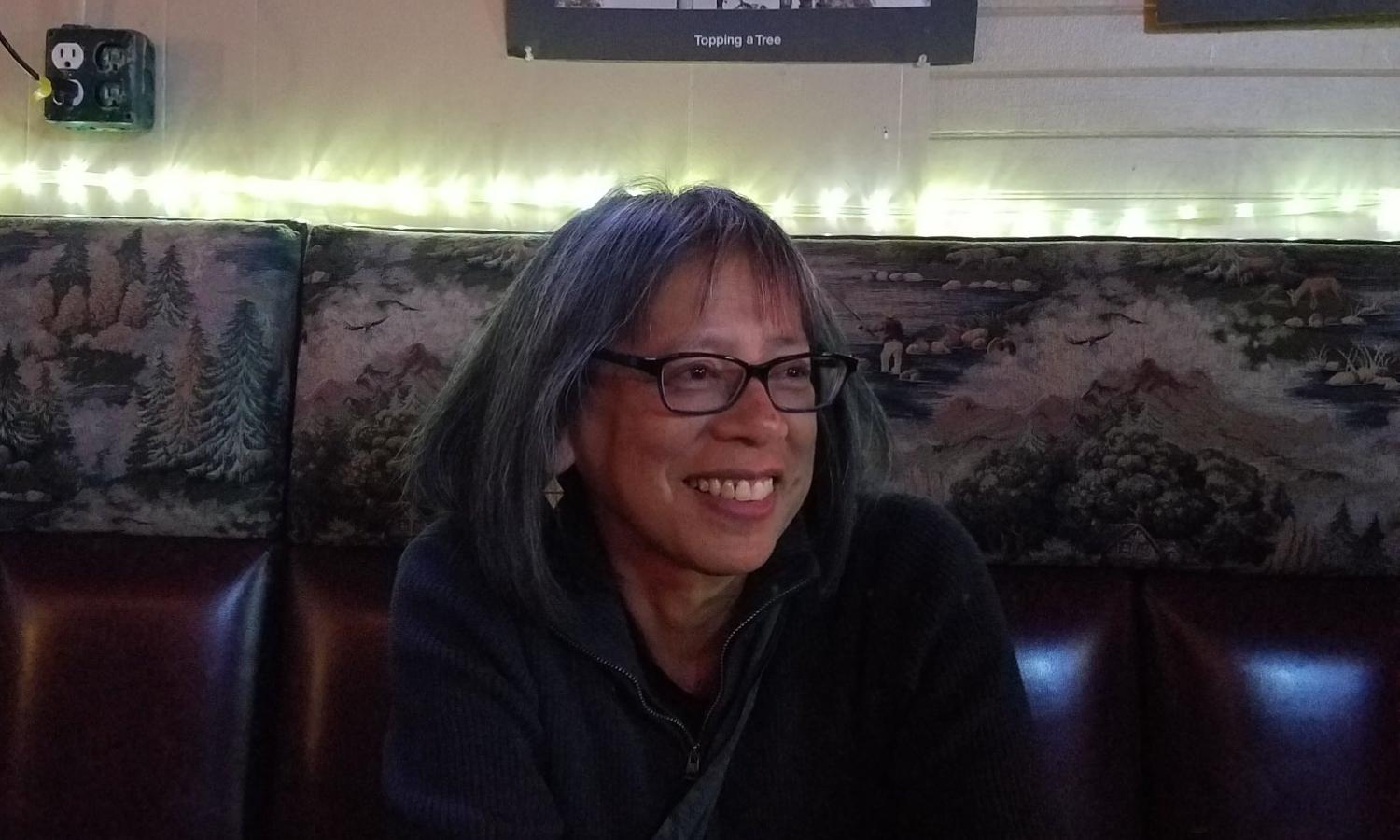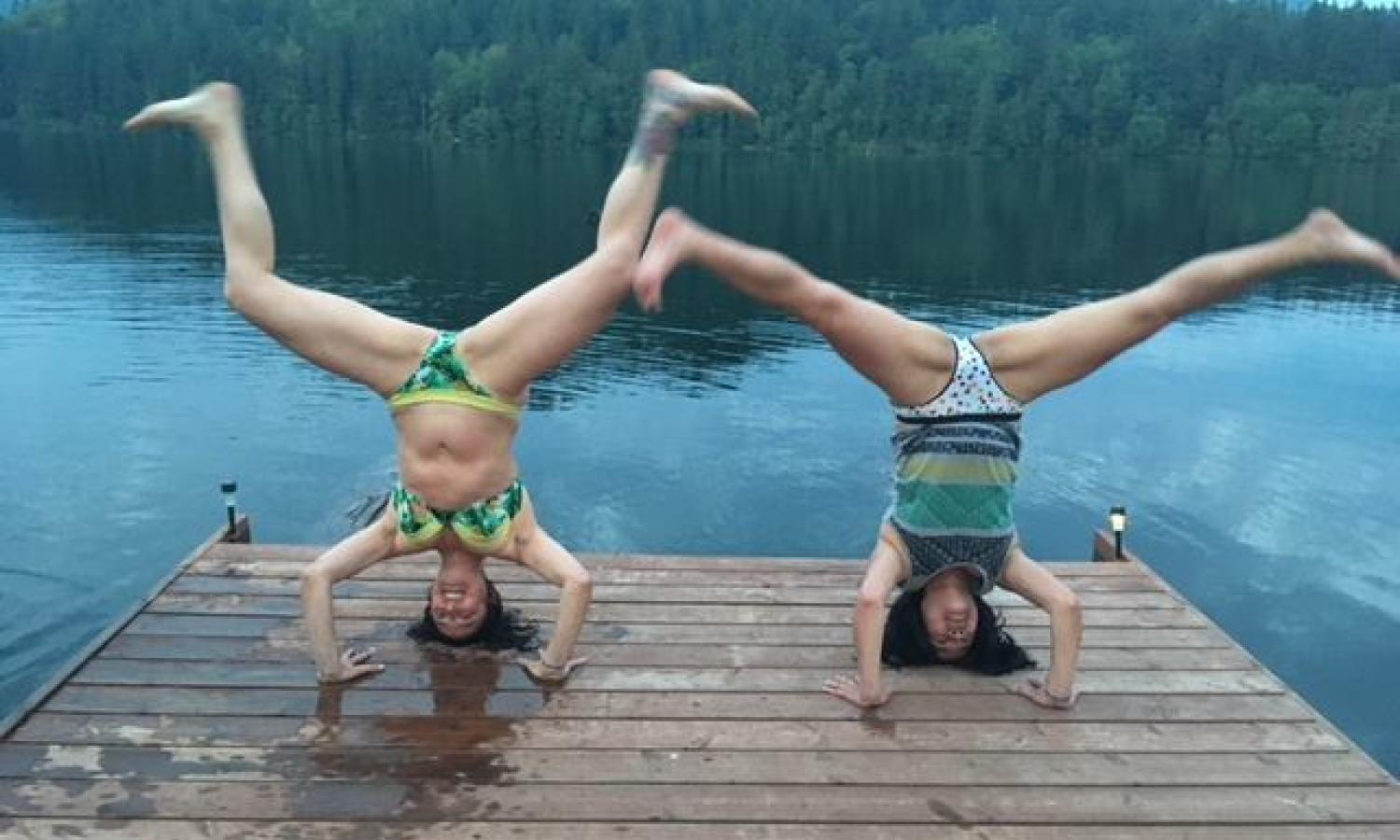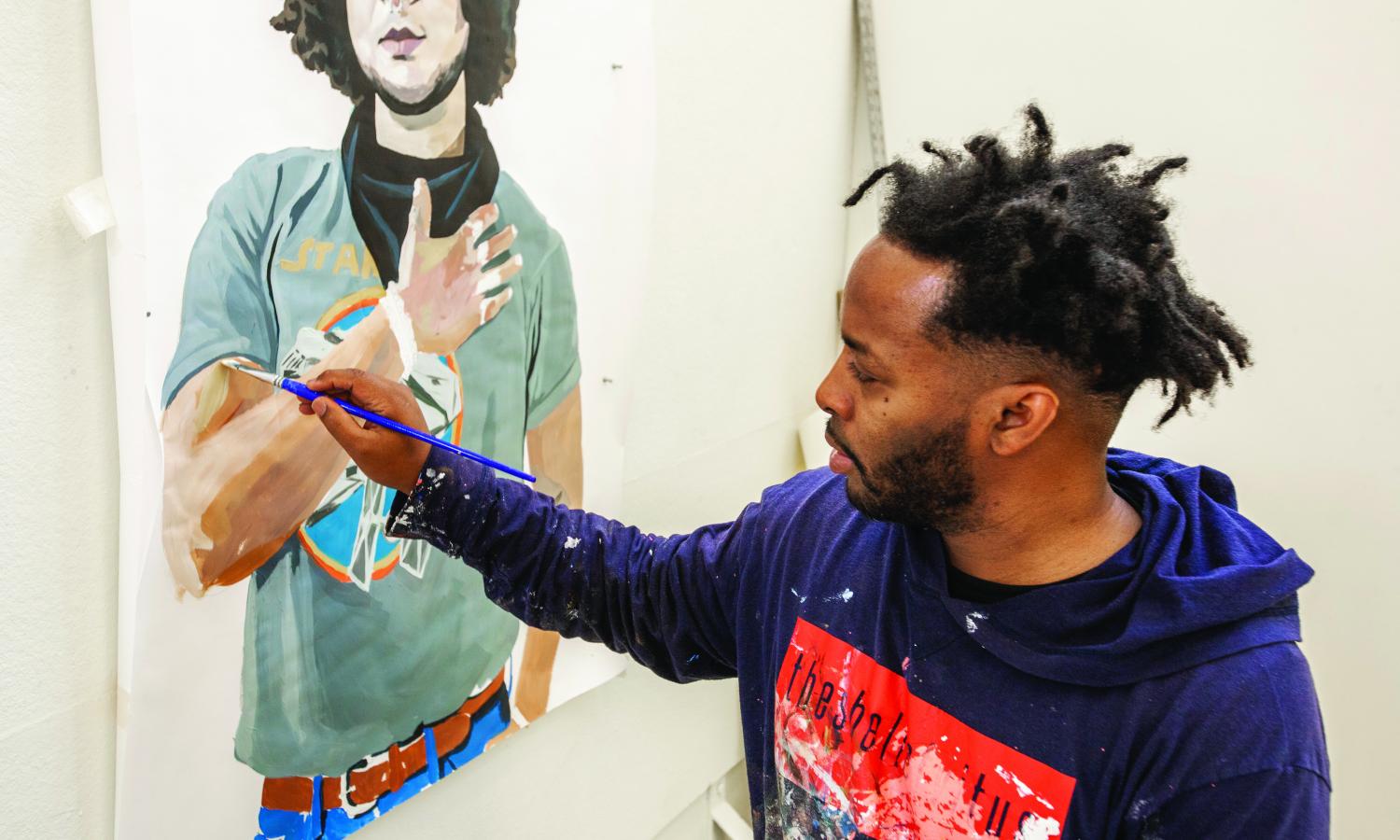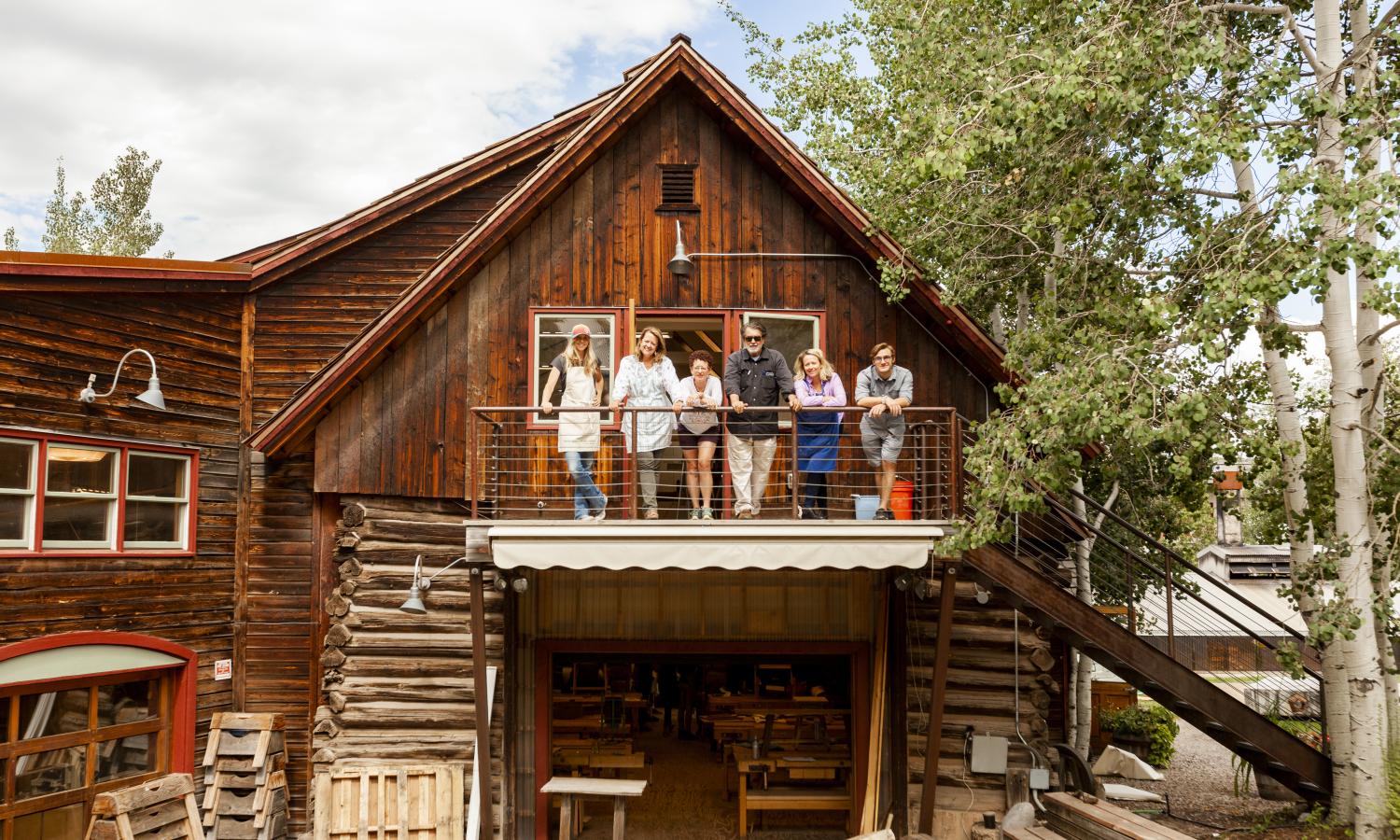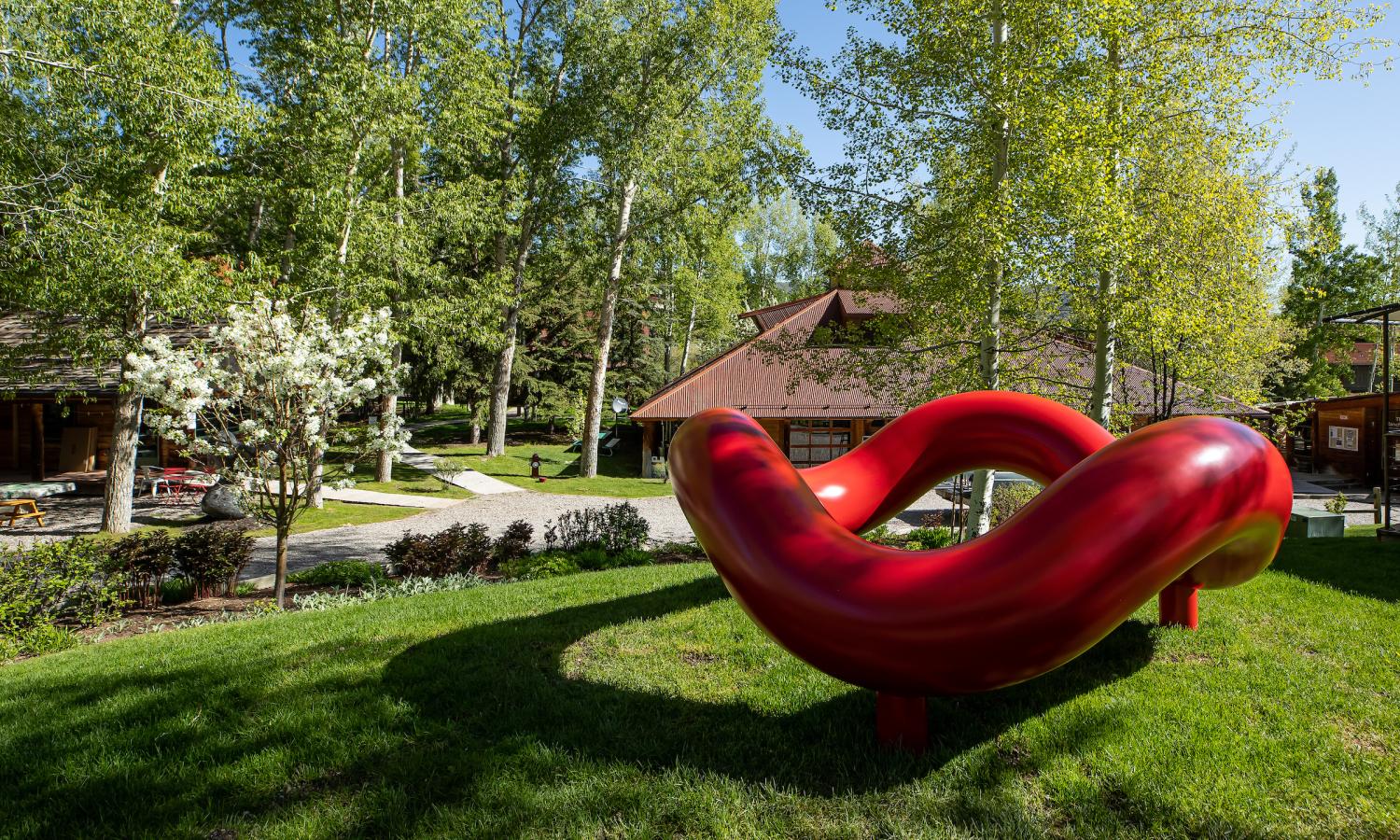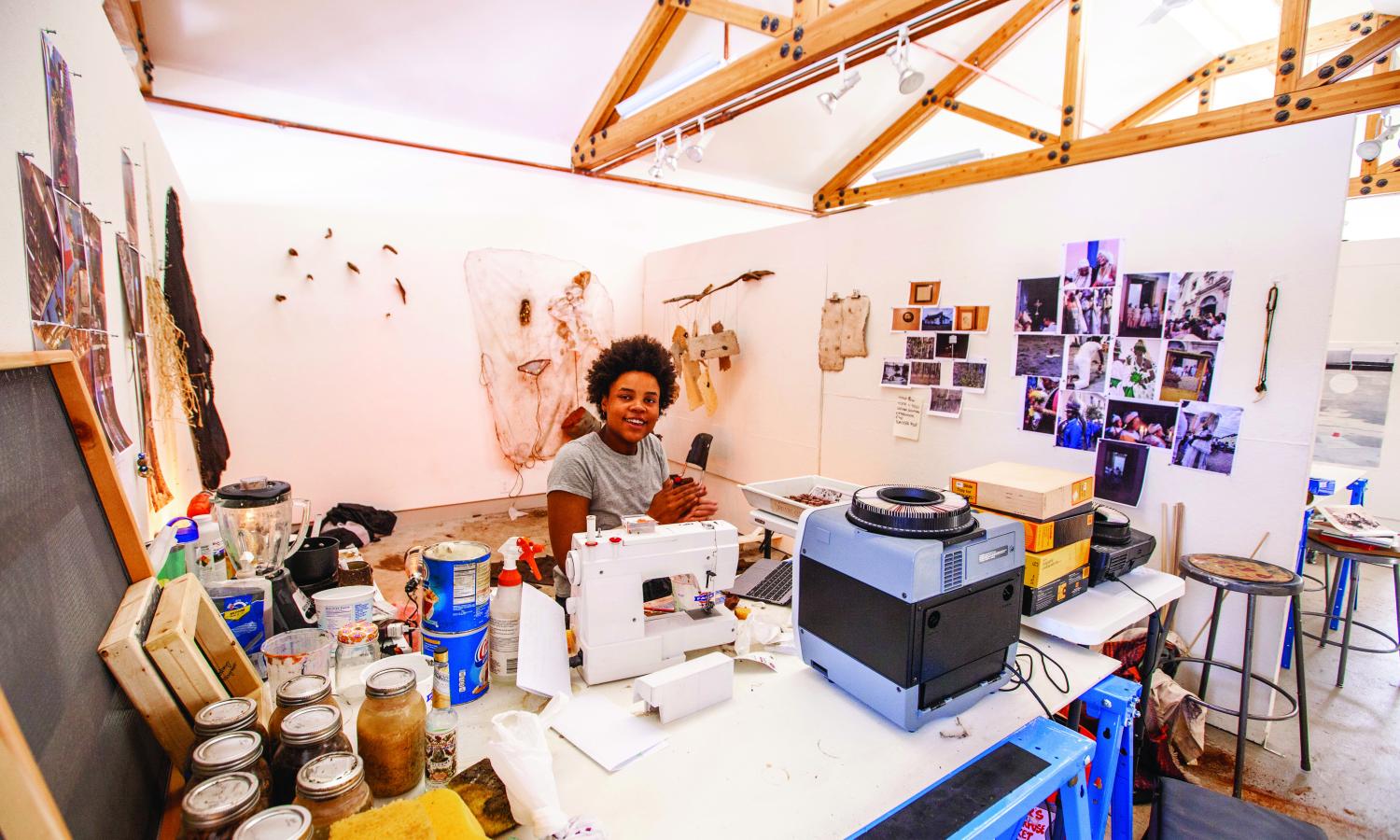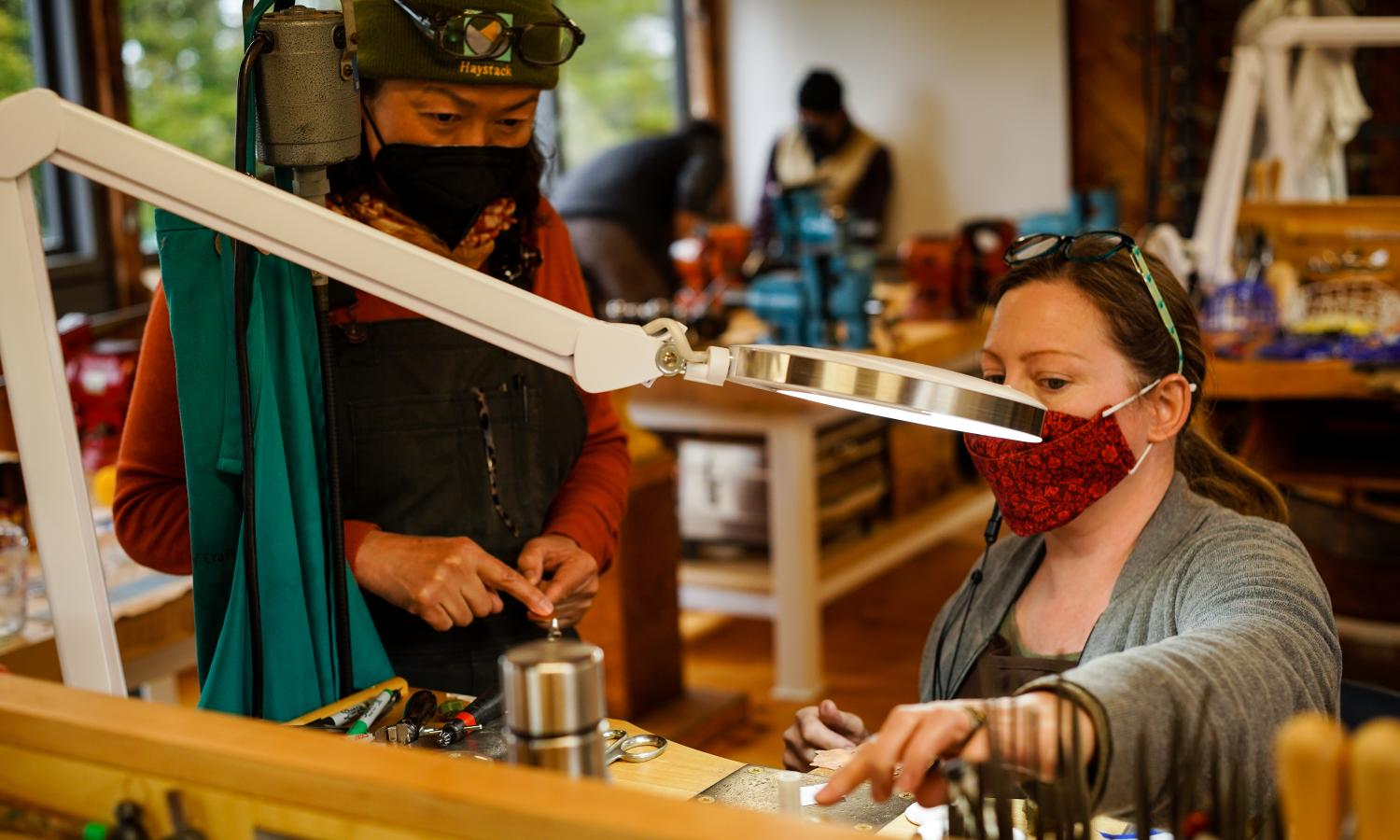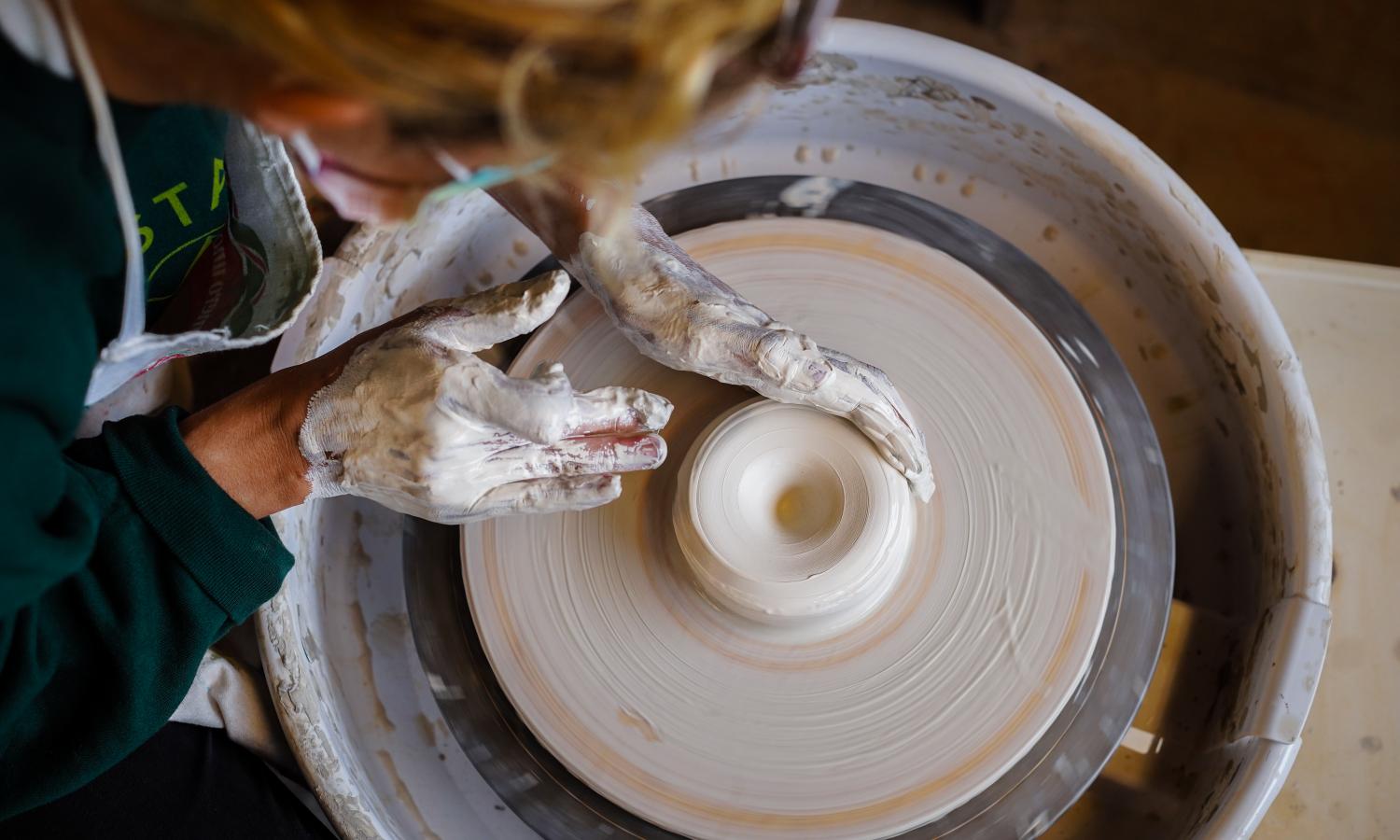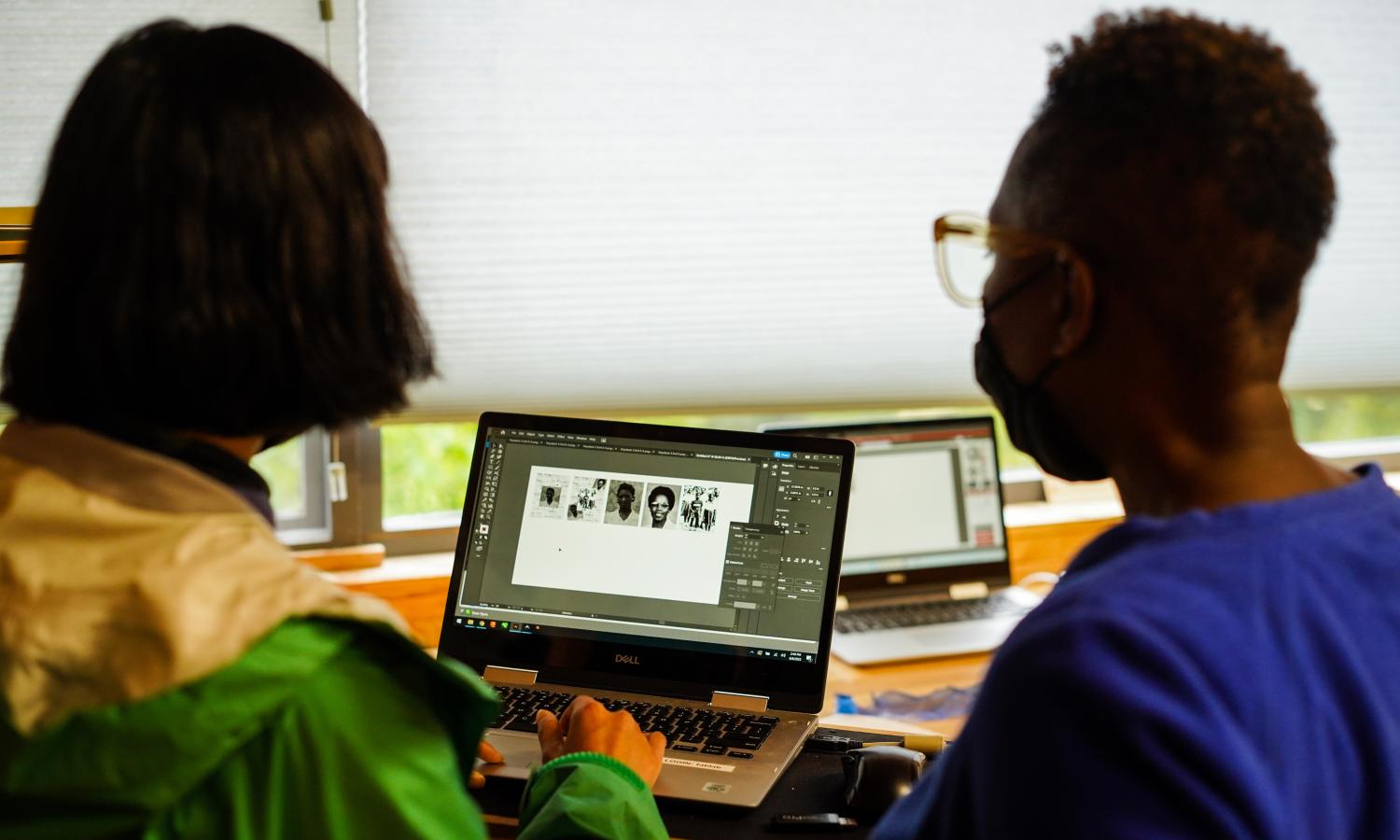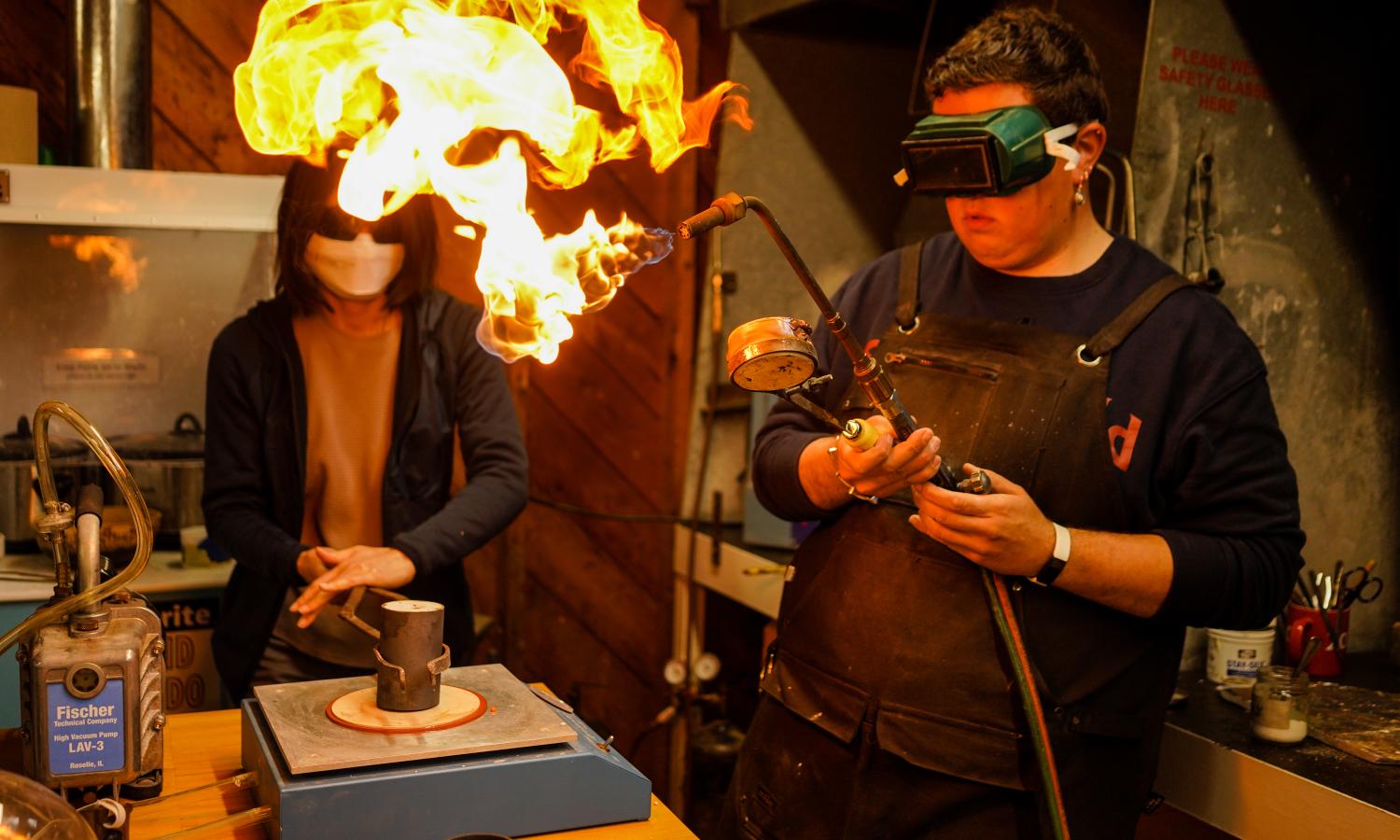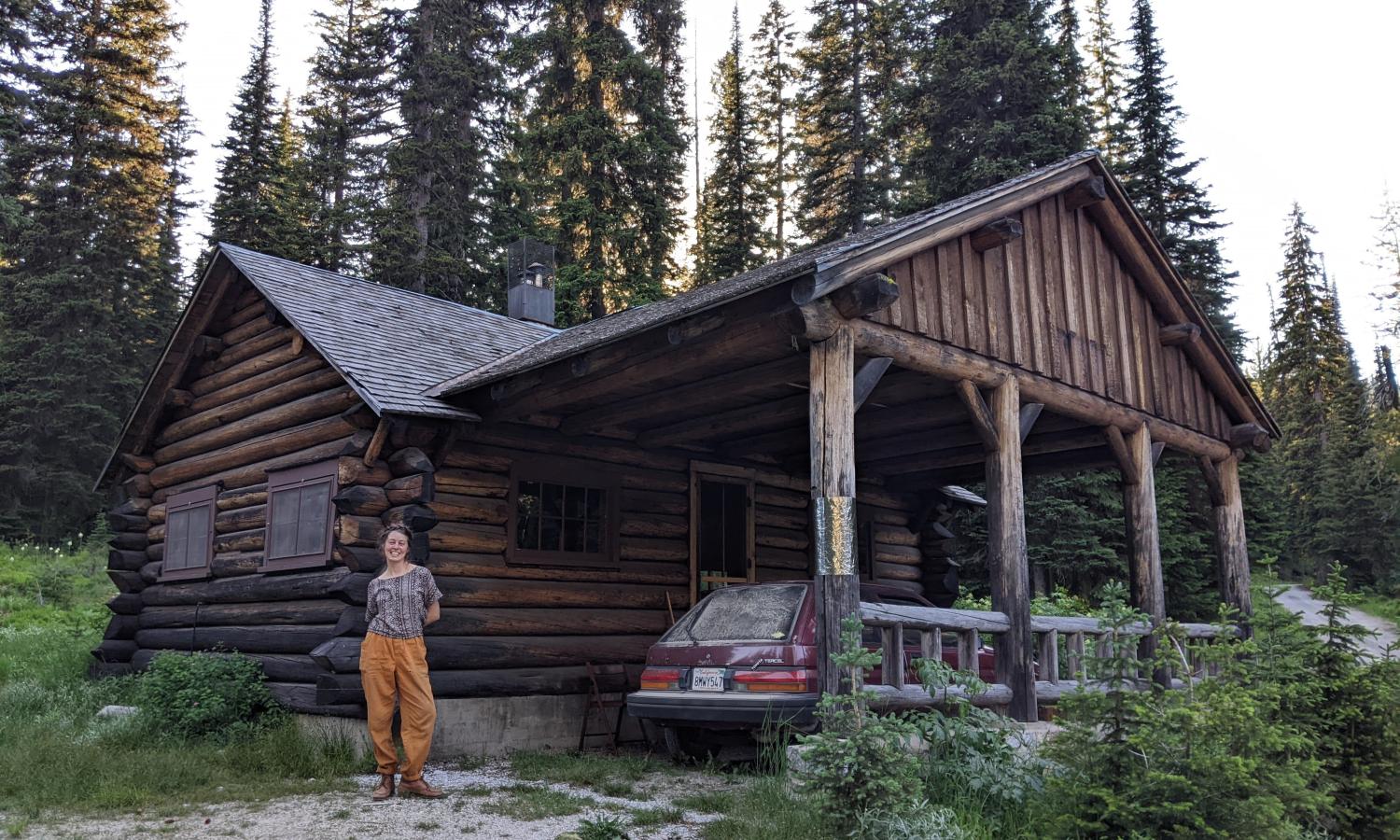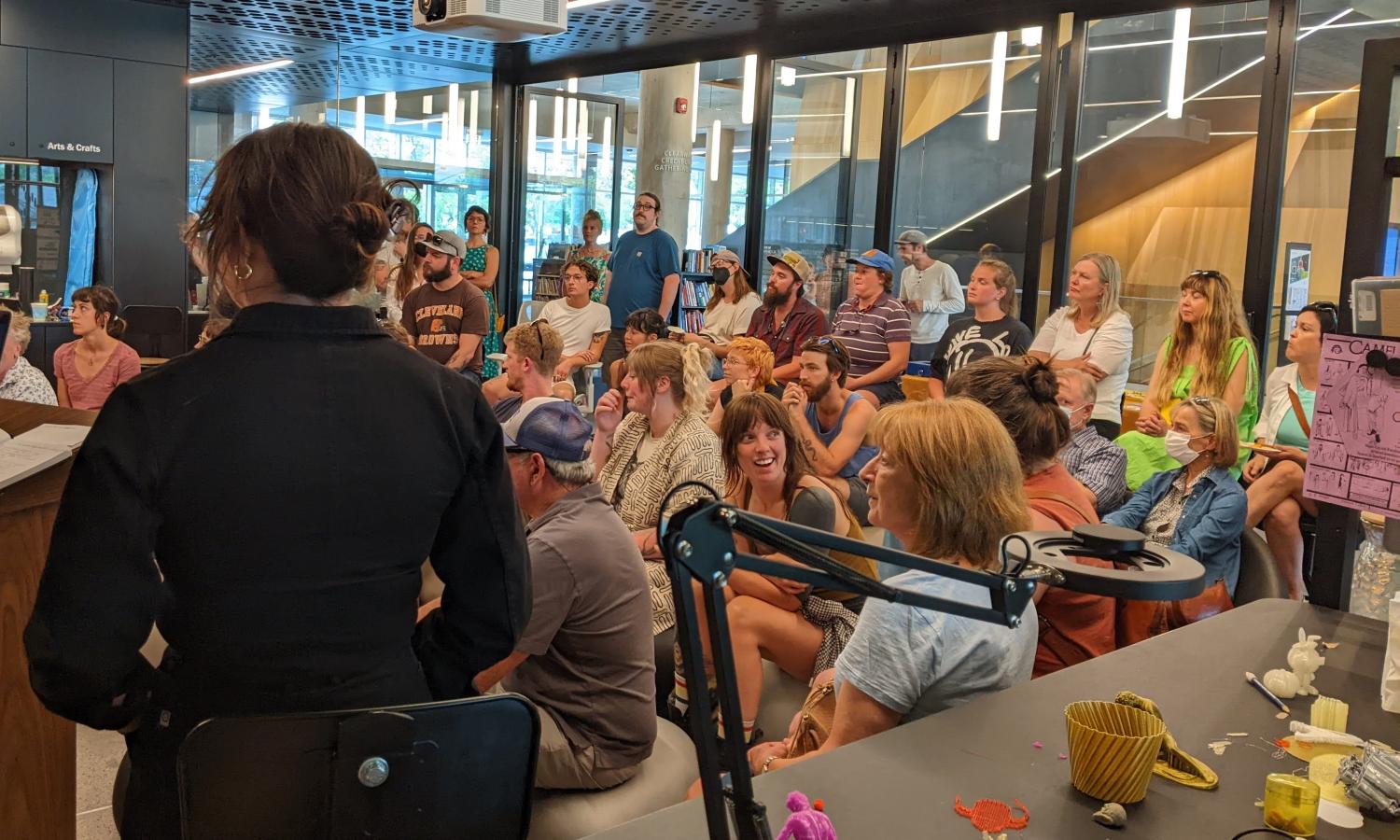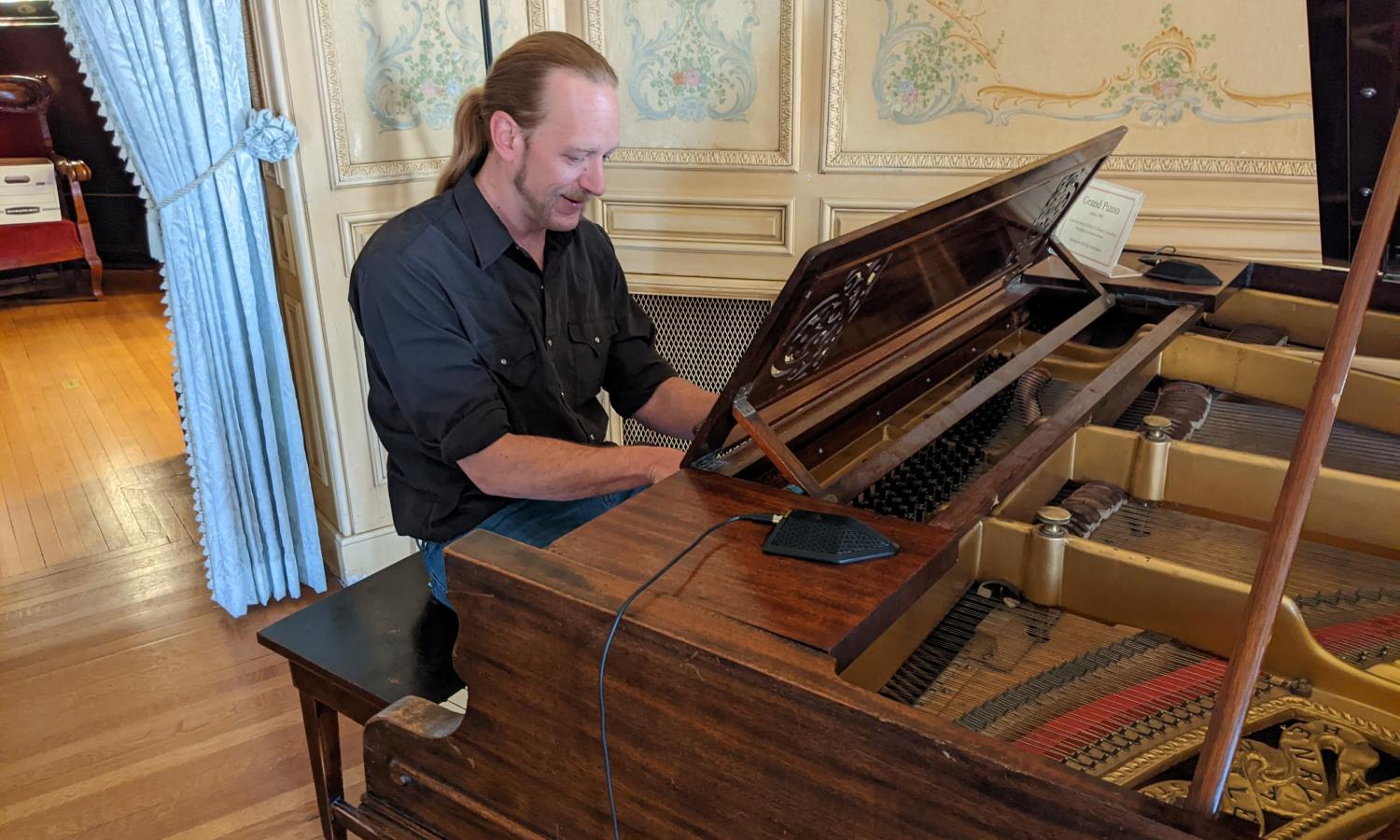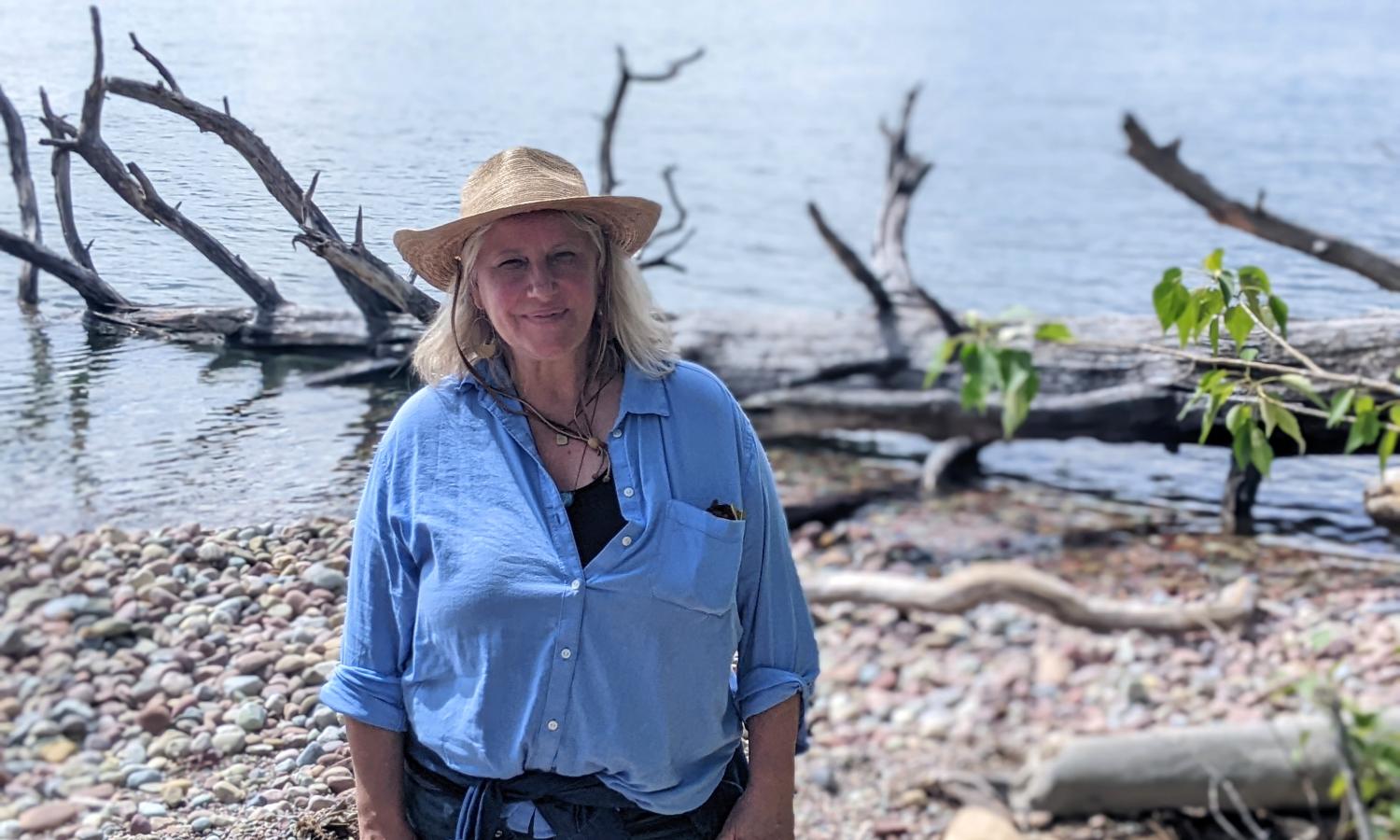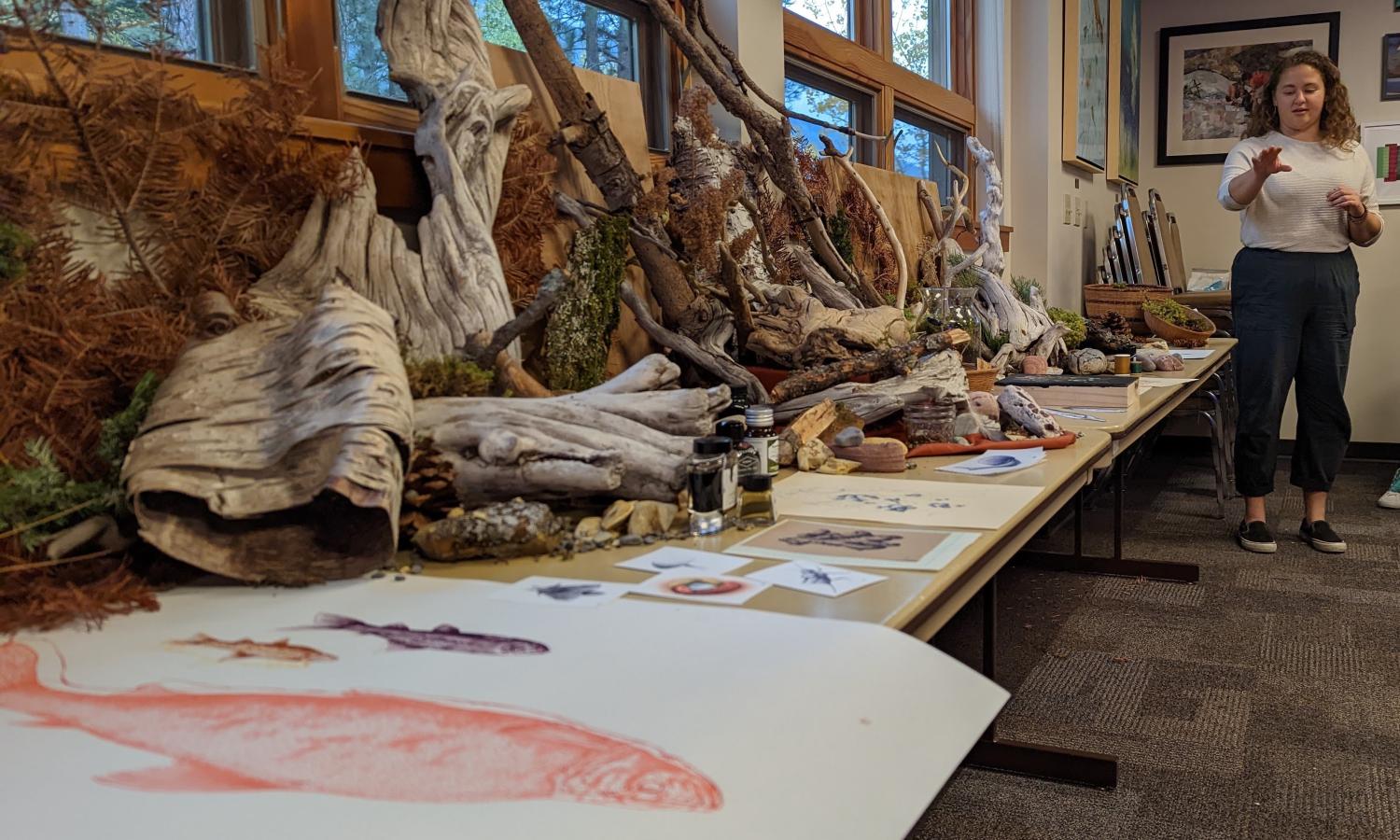Open AIR is a place-based Artist-in-Residence program that connects artists from all disciplines and origins with culturally, historically, and ecologically significant locations through collaborative partnerships in Montana.
With innovative opportunities available in places such as remote wilderness areas to historically significant sites closer to town, artists can draw inspiration from a regional community dedicated to preserving place, environment, and the arts.
In 2024 Open AIR has four sessions: Spring, Summer, Summer II, and Fall. We have residencies at 13 different sites in Montana, including; Selway Bitterroot Frank Church Wilderness; Flathead Lake Biological Station, Polson; Travelers' Rest State Park, Lolo; Butte, MT; Philipsburg, MT; Hamilton, MT; Clark Fork Coalition, Anaconda, MT In Missoula, Open AIR has residency sites at the Missoula Public Library, Missoula Butterfly House & Insectarium, Garden City Harvest, Moon-Randolph Homestead, Home ReSource, and Montana Natural History Center.
Each residency provides a unique opportunity for artists to be embedded in a site that allows the artist to engage with place, and the communities and resources associated with each site. The residency is free, and housing and a modest stipend are provided. Artists are responsible for transportation and food.


